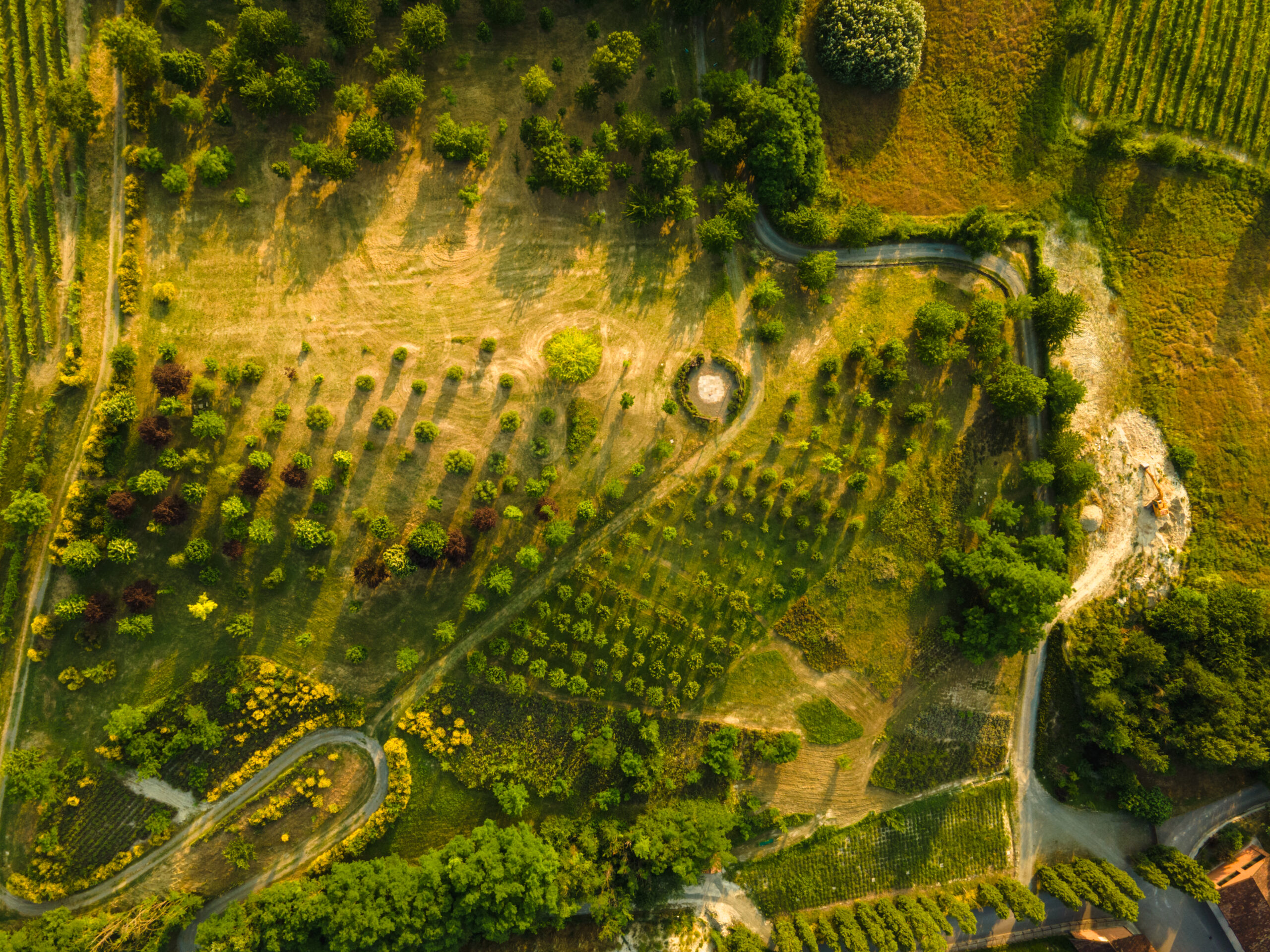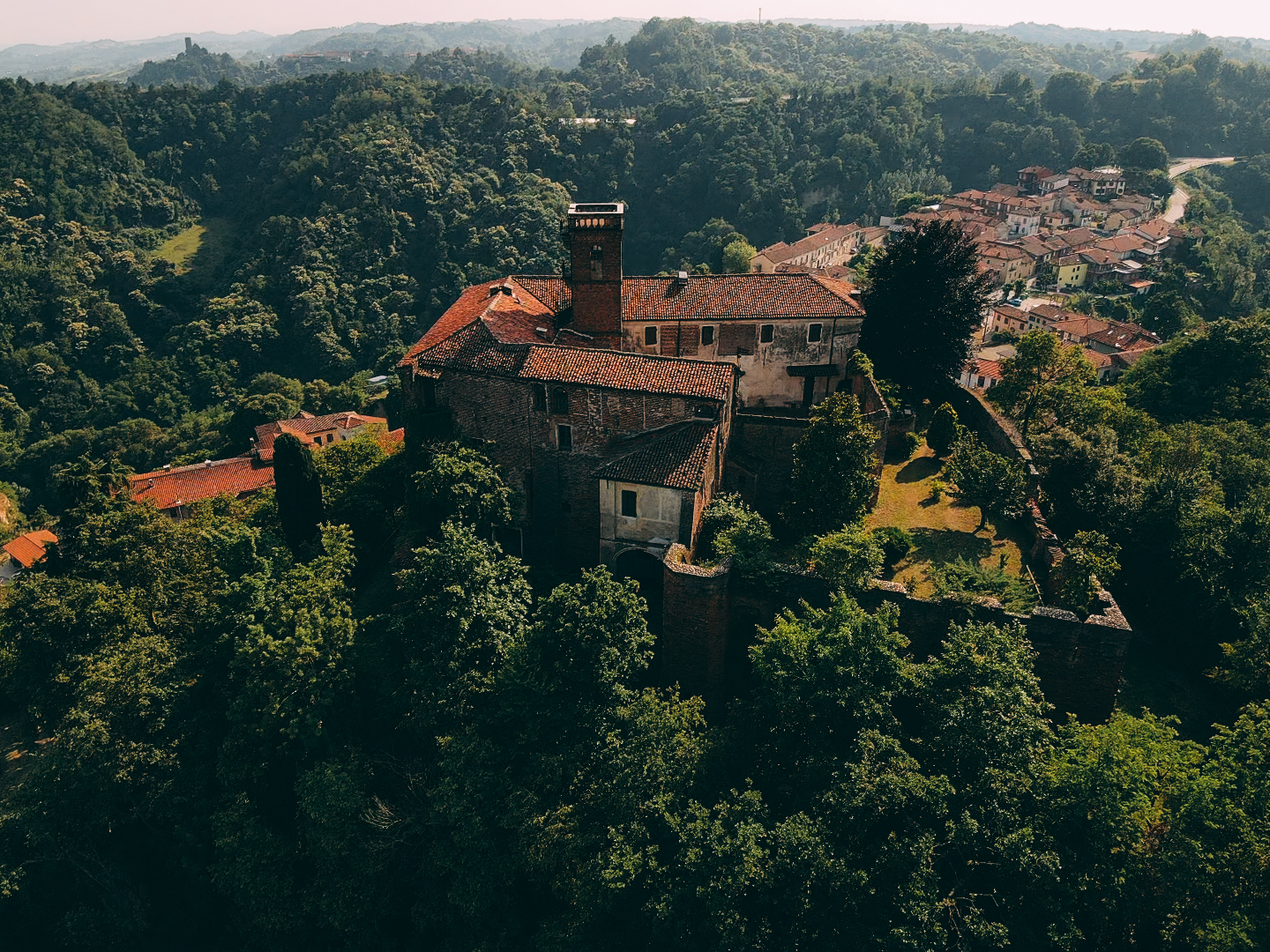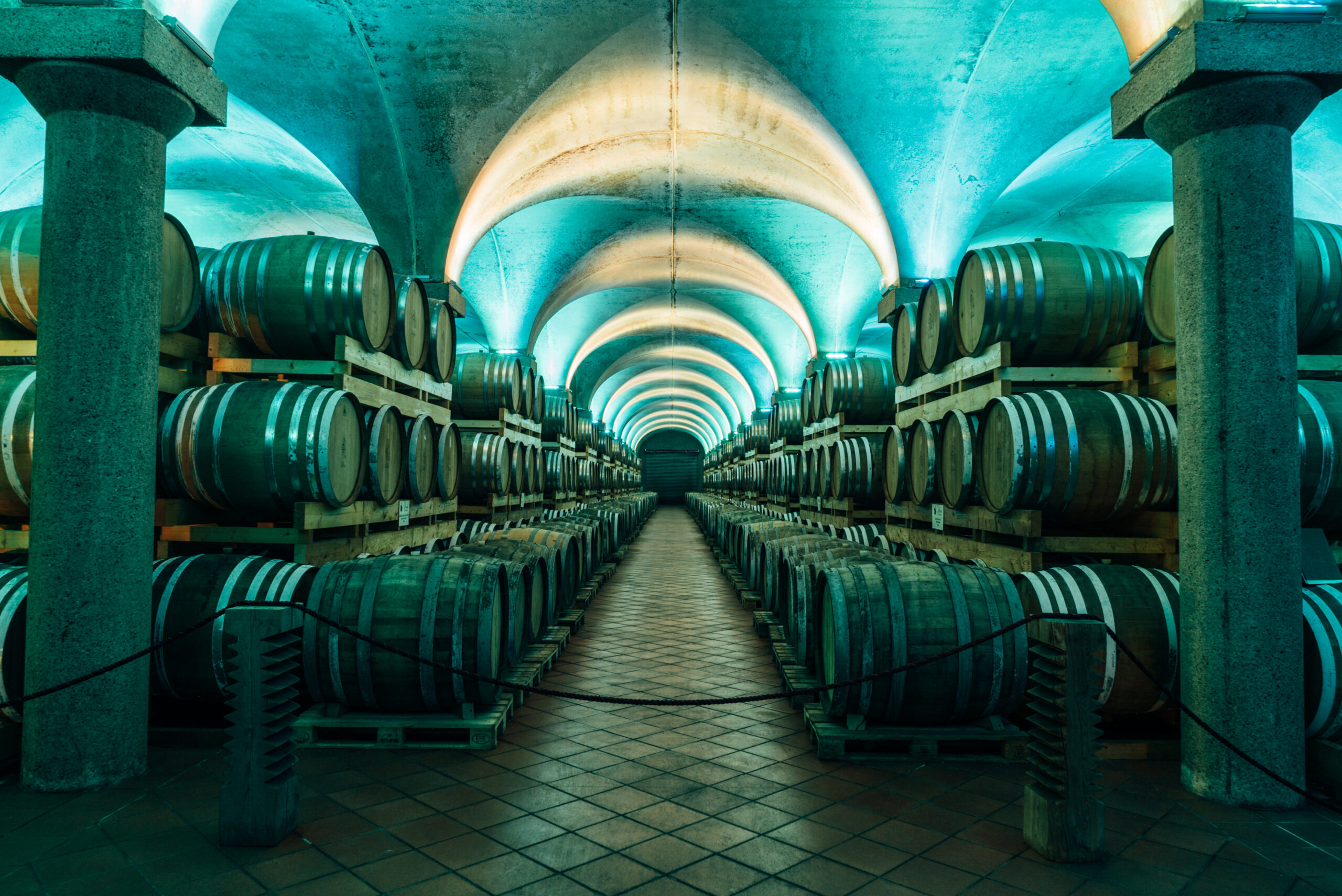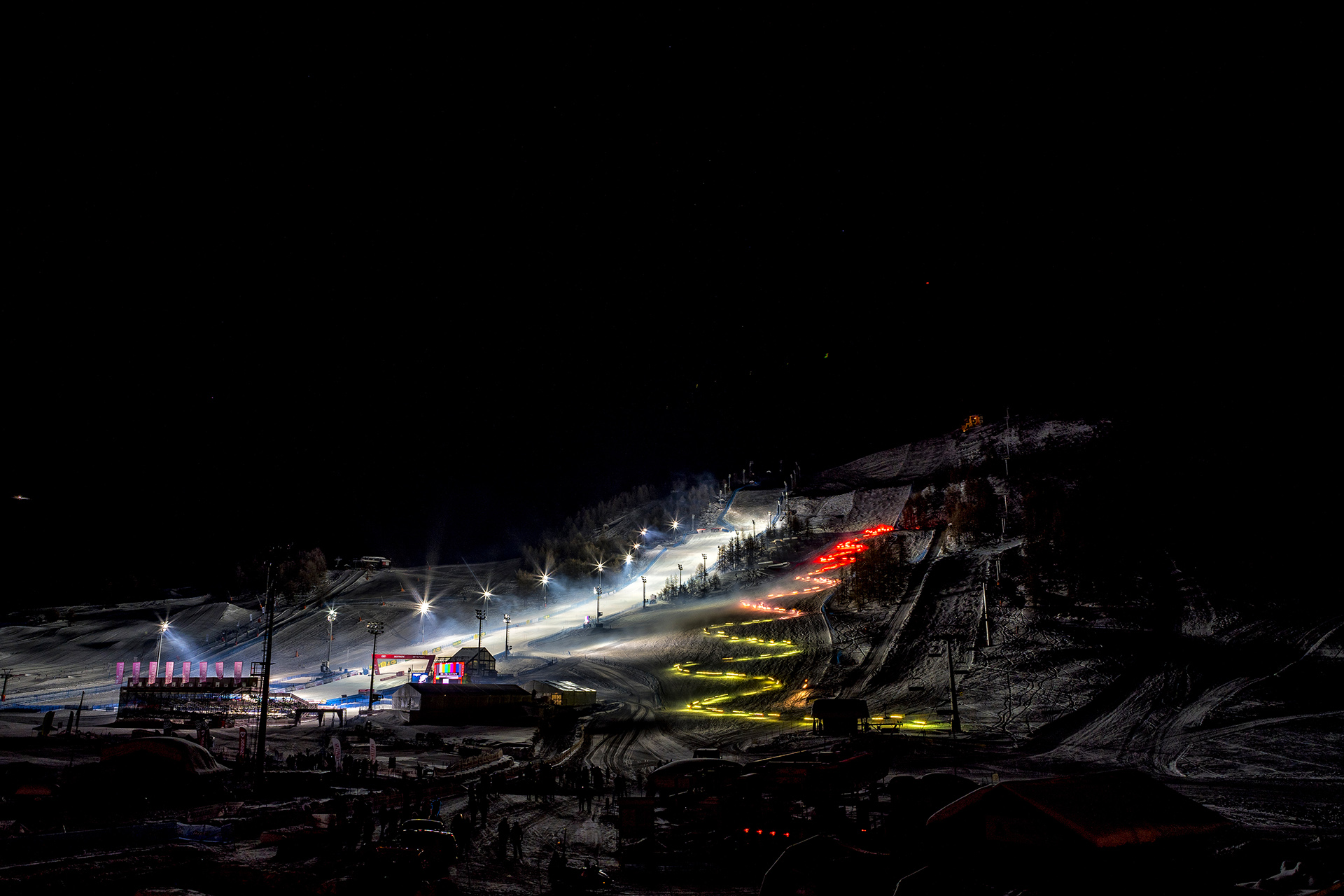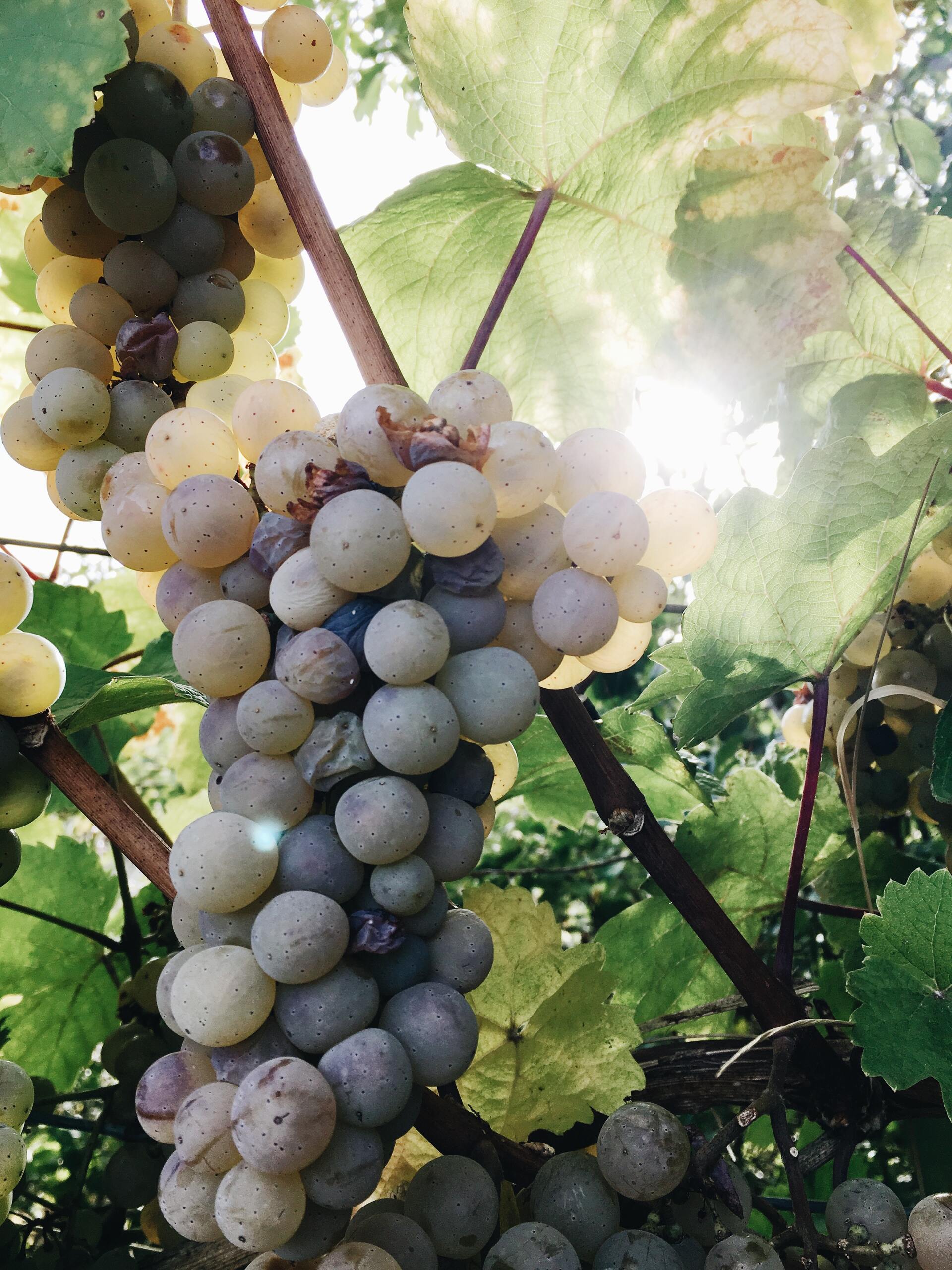The Park of Wonders
admin
Venture carefully into the eight hectares of the Roccanivo Park: you might make some strange encounters;

In the Park of Wonders, everything is its opposite, every attribute is transformed and every adjective is its contrary;
Drink me, says the bottle on the coffee table, and you shrink down enough to look the ladybirds and ants in the eye. Eat me, says the biscuit tin, and you get up enough to touch the highest branches of the ancient oaks.
Follow the white rabbit as it runs up and down the forest, but try to keep up with it; you may lose track of it. Too late: you lost your way and the white rabbit ran off, always late for something even he doesn’t know what it is. Who will help you?”
You see a big top hat: its owner is a rather nice man, who talks non-stop about time, space, birthdays and unbirthdays; You agree with him that celebrating a non-birthday is much more convenient because there are many more non-birthdays, but when he shows you his watch that doesn't tell time you get a little suspicious; Perhaps it is better not to accept his tea and continue on your way;
You see a big top hat: its owner is a rather nice man, who talks non-stop about time, space, birthdays and unbirthdays; You agree with him that celebrating a non-birthday is much more convenient because there are many more non-birthdays, but when he shows you his watch that doesn't tell time you get a little suspicious; Perhaps it is better not to accept his tea and continue on your way;
You’re a little hungry, but you just don’t want to risk eating another biscuit, just when you’re back to normal size: you approach a cherry tree; “Halt!” a spade card stops you “the cherries are not yet ripe. It would be a shame to eat them now! Have an apricot instead, they are very sweet these days.”
The hunger problem is solved, but you still don’t know where you are or what time it is. You try to approach a card of hearts, but you hear it mutter to itself something like “cut off his head“, so you think it’s best to steer clear. A flower card tells you something strange… “There is someone in this Park who should not be there.
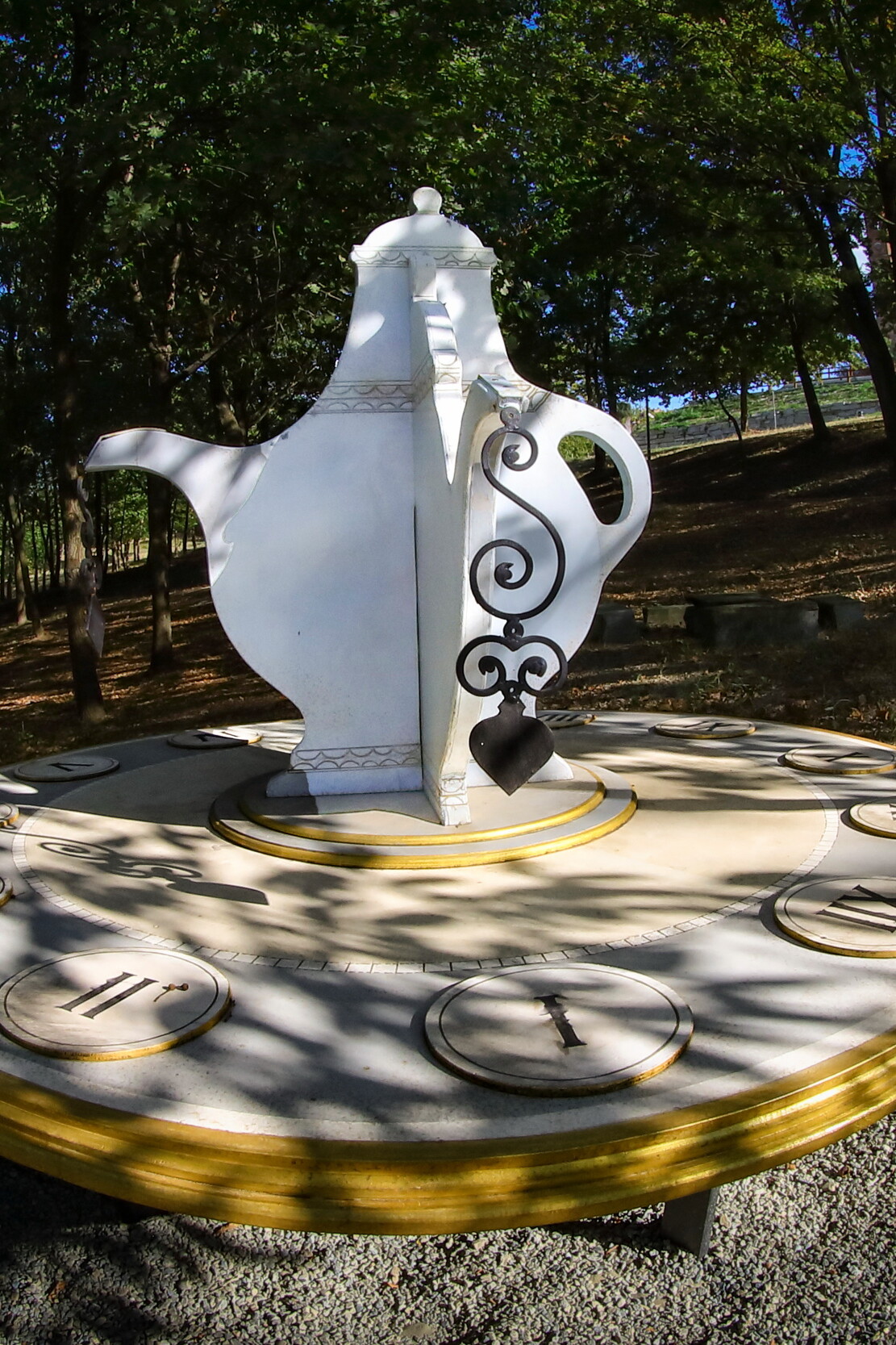
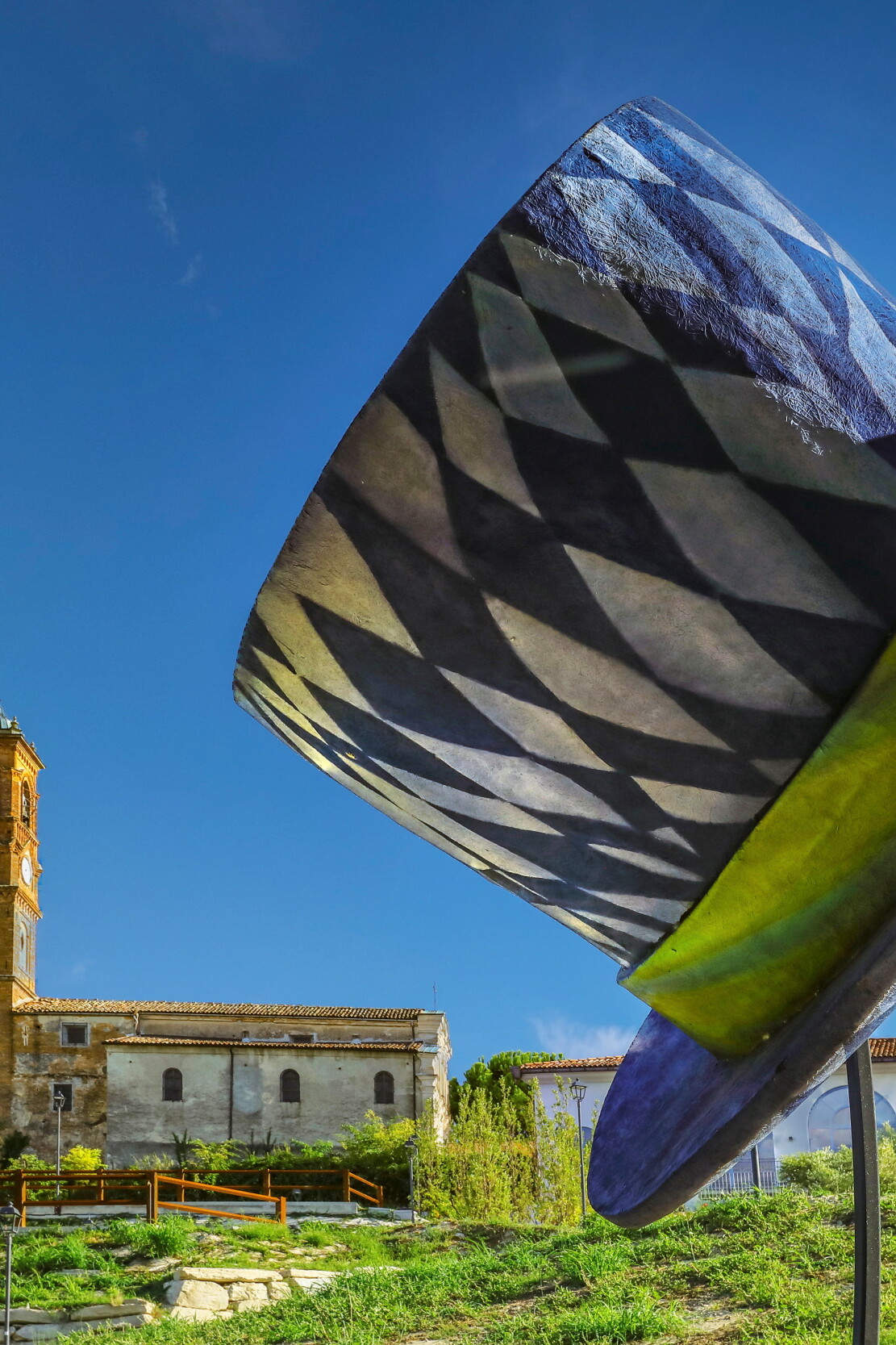
You’ve been wandering around for some time now (But does time really exist or is it just a construct? If there is no clock, can we swear that time has passed?) when you discover, hidden in a corner, an ace of diamonds. “Please don’t look at me!” seems a little strange to you so you want to know more;
“My family is friends with the Hearts family, the nobles of my kingdom: I live in the castle with them, in luxury. But gold bores me and I do not like lace. I prefer to stay here in the cool of the park and enjoy the real wealth, the Nature that surrounds me. Where is the exit? I’m sorry, I don’t know and I don’t want to know. I’ll never get out of here. Don’t tell the Ace of Flowers that you’ve seen me!”
You walk away quickly, ready to swear you have never seen an ace of diamonds in your life, and continue your walk: in a clearing surrounded by trees you notice something.
First a smile appears (with slightly sharp little teeth!) then two pointed ears, a big tail… and then a cat looks at you slyly.
You’re not sure whether to ask him something, give him a pat or run for the hills, but he doesn’t seem threatening and then he’s looking right at you, so you have no choice, at least for politeness.

"No, I don't know how to get out of the Park," he tells you, still with the same smile, "We were born here and it is the Park itself that created us: we are not separable from it. But there is someone who, like you, arrived by following the white rabbit: I will take you there, he can help you."
"No, I don't know how to get out of the Park," he tells you, still with the same smile, "We were born here and it is the Park itself that created us: we are not separable from it. But there is someone who, like you, arrived by following the white rabbit: I will take you there, he can help you."
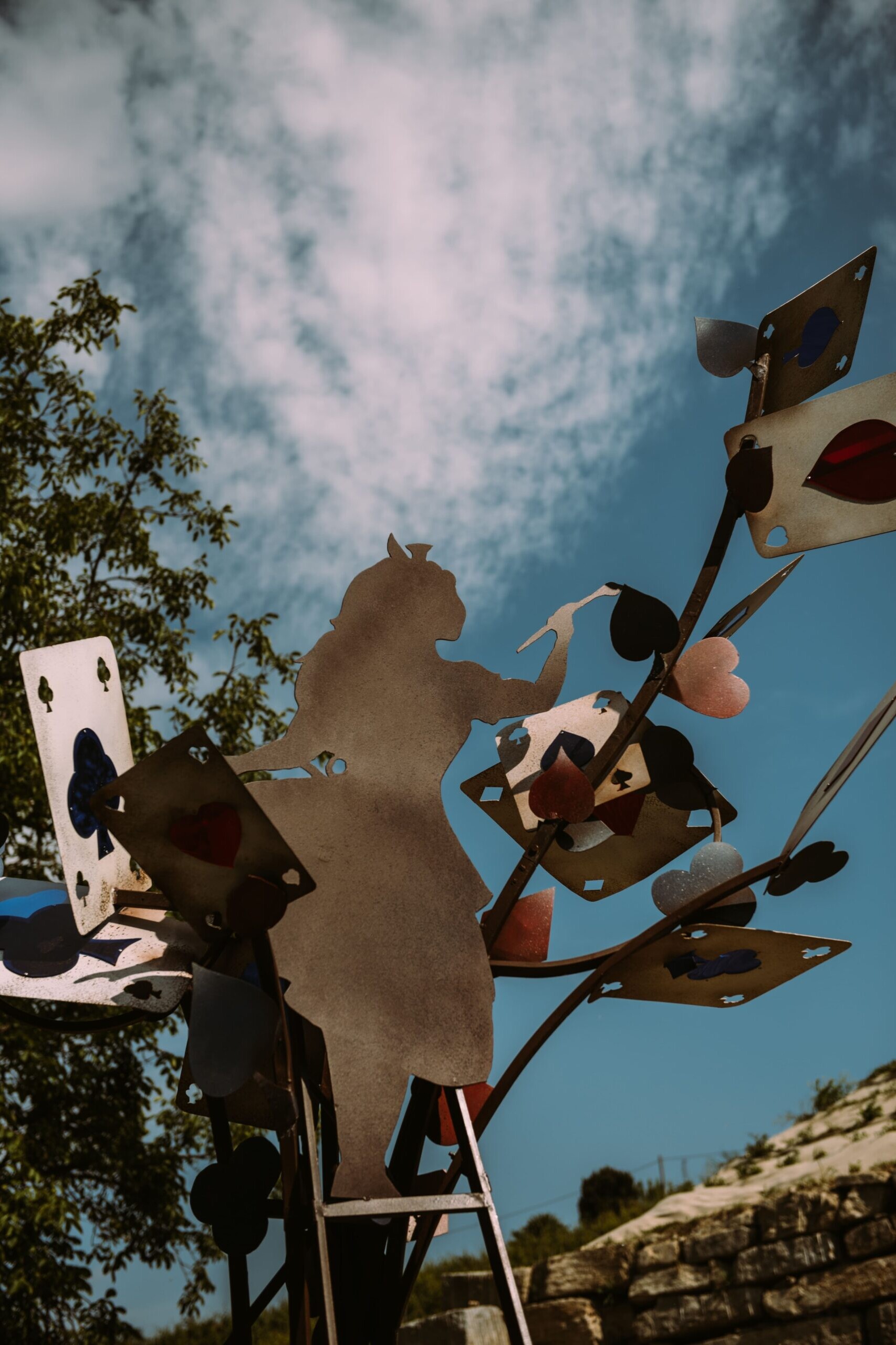
You would have thought anything, but not to find yourself in front of a little blonde girl, dressed in cards of all suits, with eyes as good and old as time; “I am Alice; Like you, I got lost behind the rabbit and like you, I looked for the exit: but after finding it, I realised that the hustle and bustle, the noise, the hustle and bustle of everyday life could not hold a candle to the calmness that one breathes here; In this timeless place, I live in harmony with my animal friends and my plant friends: I sleep when I feel like it, I do not suffer from hunger or thirst; This is my place: I don’t need anything else; Come, I will walk you towards the exit, but remember: the doors of the Park of Wonders are always open for those who want to taste its peace.”
When Alice waves her hand, you notice a path leading upwards to a large flower terrace and a large Borgo with arches and stained glass windows; But how is it possible that I hadn’t noticed it before? You thank her and walk on; she waves to you while stroking the smiling cat;
Here you are on the terrace, looking down on the Park of Wonders from above: looking at the Casalotto clock you realise that not a minute has passed since you followed the white rabbit into the park.
The gates of the Park of Wonders are always open for those who want to taste its peace;
The gates of the Park of Wonders are always open for those who want to taste its peace;
2 castles in Monferrato worth a visit (+1 in the Roero!)
admin
Piedmont is rich in castles, but where to start? We present here two castles in Monferrato and one in Roero!
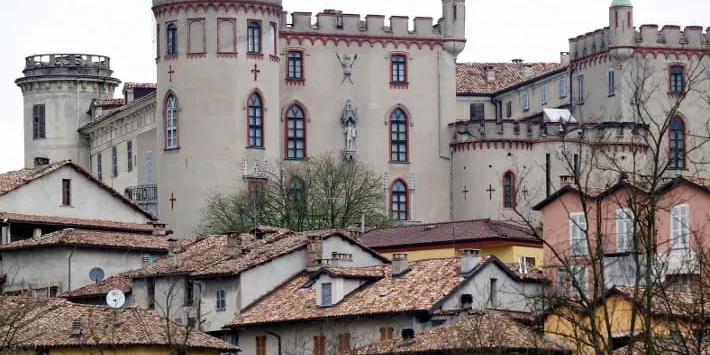
Castles, enchanted and austere places of charm and mystery, in which to stroll to breathe in History at the top of your lungs. Piedmont is a region rich in castles: traditionally, in fact, these buildings served as dwellings for nobles and for protection reasons were built on hilltops so that lookouts could spot enemies from afar.
Today, those days of knights and courtesans are over, and tthe high towers of the castles are wonderful vantage points from which to admire the colours of the hills and the small villages of Piedmont.
We have updated this article with other castles in Monferrato and Langa that are worth visiting. For the last one, you'll have to go a bit far, but it's worth it: prepare for a trip to the Roero.
Balbi Castle of Piovera
Piovera Castle stands on the remains of a monastery that belonged to the Templars and over the centuries has passed several times from hand to hand, without ever losing its beauty. From the Visconti to the Sforza, passing through the Spanish royals, it then returned to the hands of the Savoys; from here it passed to the marquises Balbi, whose name remained linked to the castle, and finally to Count Niccolò Calvi, the current owner. Today, it is possible to visit the castle by choosing from three different routes, all by reservation.
Per info e giornate di apertura: https://www.castelliaperti.it/it/strutture/lista/item/castello-di-piovera.html

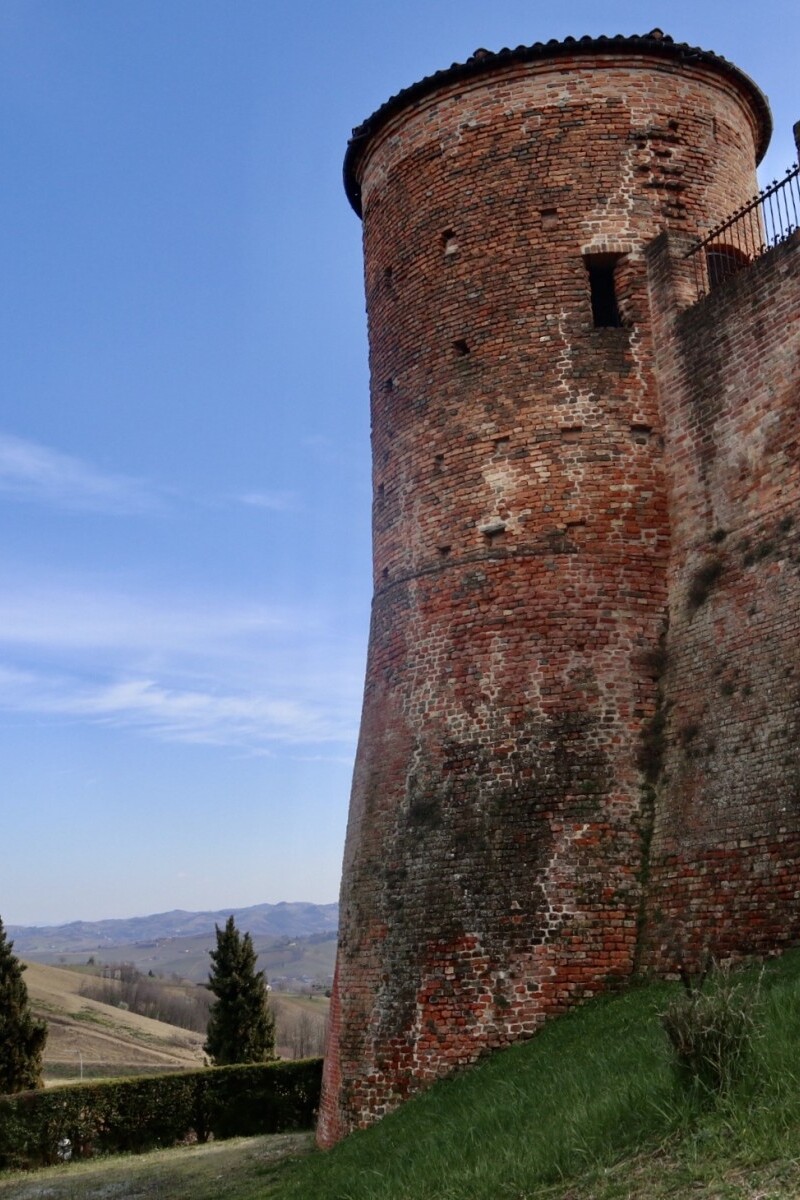
Castelnuovo Calcea Castle Area
Unfortunately, all that remains of the Castle of Castelnuovo Calcea today are the ramparts and the watchtower: in fact, this area was over the years the site of bloody clashes between families of the most varied nobility, which very often destroyed entire portions of the castle. Today the whole area around the Castle has been turned into a public park: you can walk freely in the area and see the fascinating remnants of this turbulent past.
Guided tours are available on specific days. Trovi le date qui: https://www.castelliaperti.it/it/strutture/lista/item/area-del-castello-di-castelnuovo-calcea.html

Monastero Bormida Castle
Here we are not talking about nobility but clergy: the Castle of Monastero was originally a monastery. During the 15th century, a first defensive structure by the Marquises del Carretto; gradually, the entire small village of Monastero Bormida developed around the castle. Today this village can be reached by passing over the striking medieval bridge; what awaits you is a walk through History. The castle has elements of the 1500s and 1600s, with frescoed rooms and splendid walkways. A curiosity: Monastero Bormida is the birthplace of Augusto Monti, who in Turin was the professor and teacher of many intellectuals of the time, such as Cesare Pavese, Leone Ginzburg, and Tullio Pinelli.
For infos and openings: http://www.comune.monasterobormida.at.it oppure https://www.castelliaperti.it/it/strutture/lista/item/castello-di-monastero-bormida.html.
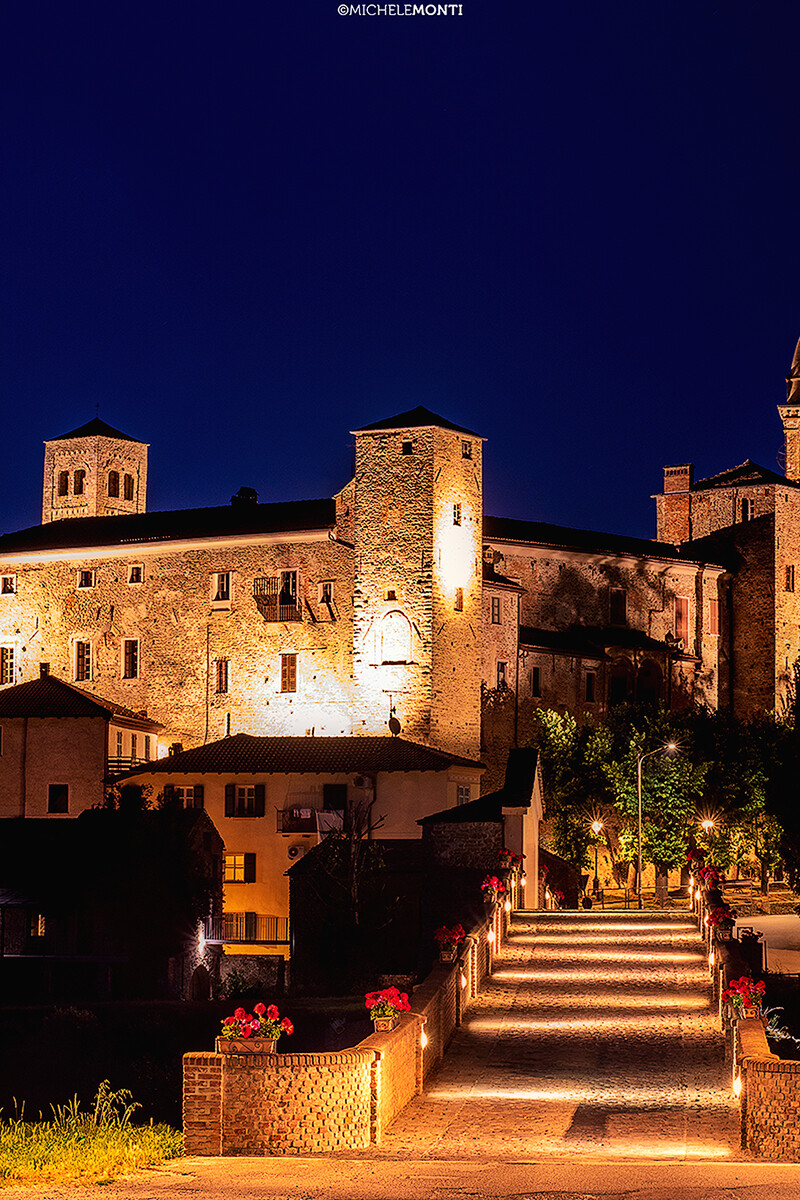
Thanks to Michele Monti @mic_omt for the photo;
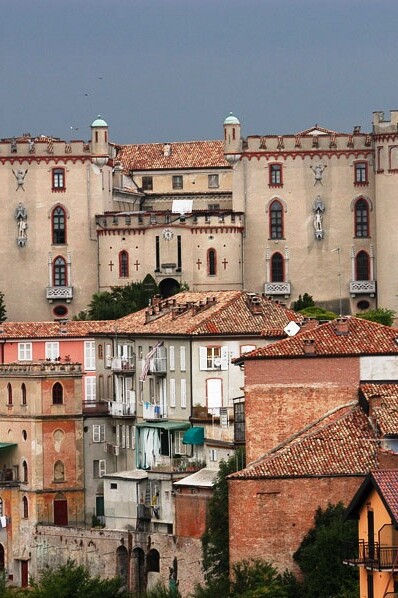
Castle of Costigliole d'Asti
Costigliole d’Asti Castle stands atop the fortress, in the historic center of the village; a village with a long past, if we consider that the first inscriptions bearing its name date back to 1041! The history of the Castle is intimately linked with that of Monferrato; the first lords of Costigliole, the Lancias, descended directly from Aleramo, a knight at the court of Saxony and the legendary founder of Monferrato.
Over the years, the most important families of the area took over the Castle until 1625, when the conti Asinari found themselves sharing the title of Counts of Costigliole (and thus the Castle) with the family of Verasis. This will be very important for the Castle, which is thus divided into two separate parts: two souls therefore come together in the Castle, daughters of the tastes of each family and their common desire to excel and surpass the other in beauty, class and refinement. In short, a place full of stories and legends of the people who lived here, with all their virtues and human weaknesses; one of the most interesting castles in Monferrato to visit.
For infos and openings: https://www.castelliaperti.it/it/strutture/lista/item/castello-di-costigliole-dasti.html o http://www.comune.costigliole.at.it/
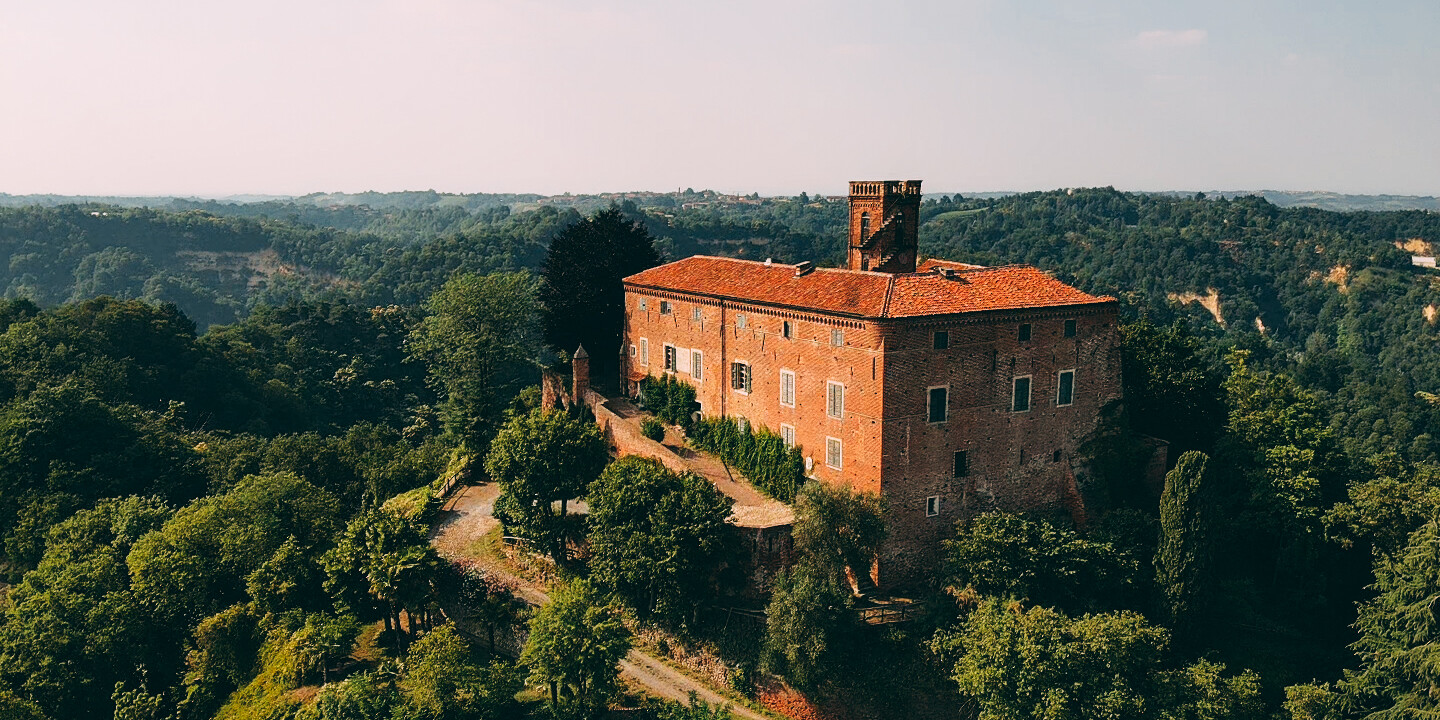
Monteu Roero Castle
Let’s move completely; here we are in Monteu Roero, about an hour from Mombaruzzo. The municipality of Monteu was once nicknamed Monte Acuto because of its height: in fact, the village rises to an altitude of just under 400m; We are surrounded by the Rocche del Roero, a 32 km long fracture that stretches from Bra to Cisterna d’Asti and that makes the territory of this area so unique, and from the top of the Castle we see the hills of the Langa rise up towards these wild and labyrinthine peaks.
The foundation of the Castle dates back to 1299 and there are many myths surrounding it, practically one for every inhabitant who has lived within these walls over the centuries. Despite the great earthquakes of the 1500s and 1800s, which damaged some parts, the Castle retains its ancient beauty; it was with this beauty that we fell in love when, in about 2012, we decided to buy it from the individuals who lived there and make it available to the community. Today the visits are managed by the Bel Monteu association, created by the citizens of the village, who are deeply in love with their castle.
For infos and openings: https://belmonteu.it/ o https://www.castellomonteuroero.it/
Our trip to Piedmont's castles has just begun. Many other magnificent manors are just waiting to be discovered: let's grab our backpack, the adventure among the castles in Monferrato begins.
Cantine Aperte 2024: here is the program!
Cantine Aperte 2024: here is the program!
May 26, 2023 from 10:30 a.m. to 7:00 p.m.
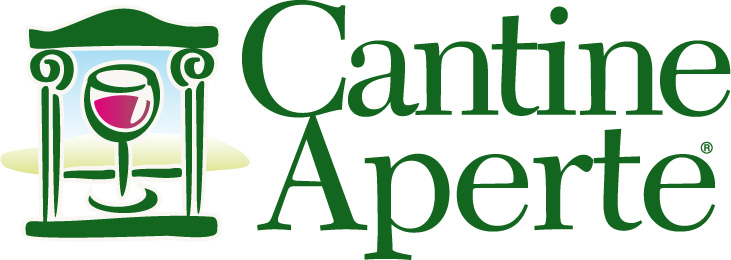
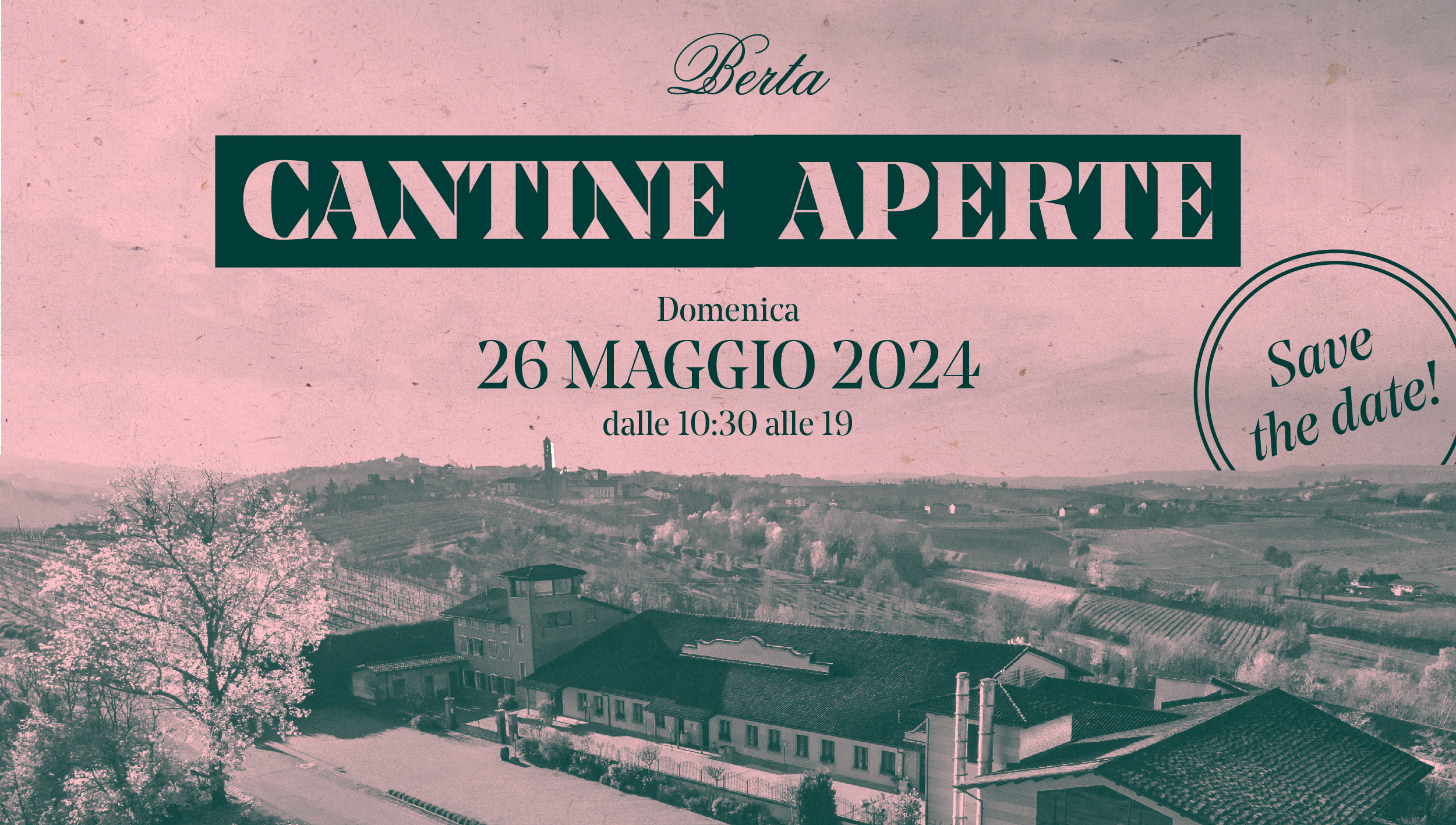
As every year, in collaboration with Movimento Turismo del Vino, the appointment with Cantine Aperte is back! Tastings, winery tours and food specialties are waiting for you to enjoy a Sunday of taste, fun and beauty!
Appointment Sunday, May 26 from 10:30 a.m. to 7 p.m.: click below to add the event to your calendar or read on to find out more details!
Add the Event to your favorite calendar!
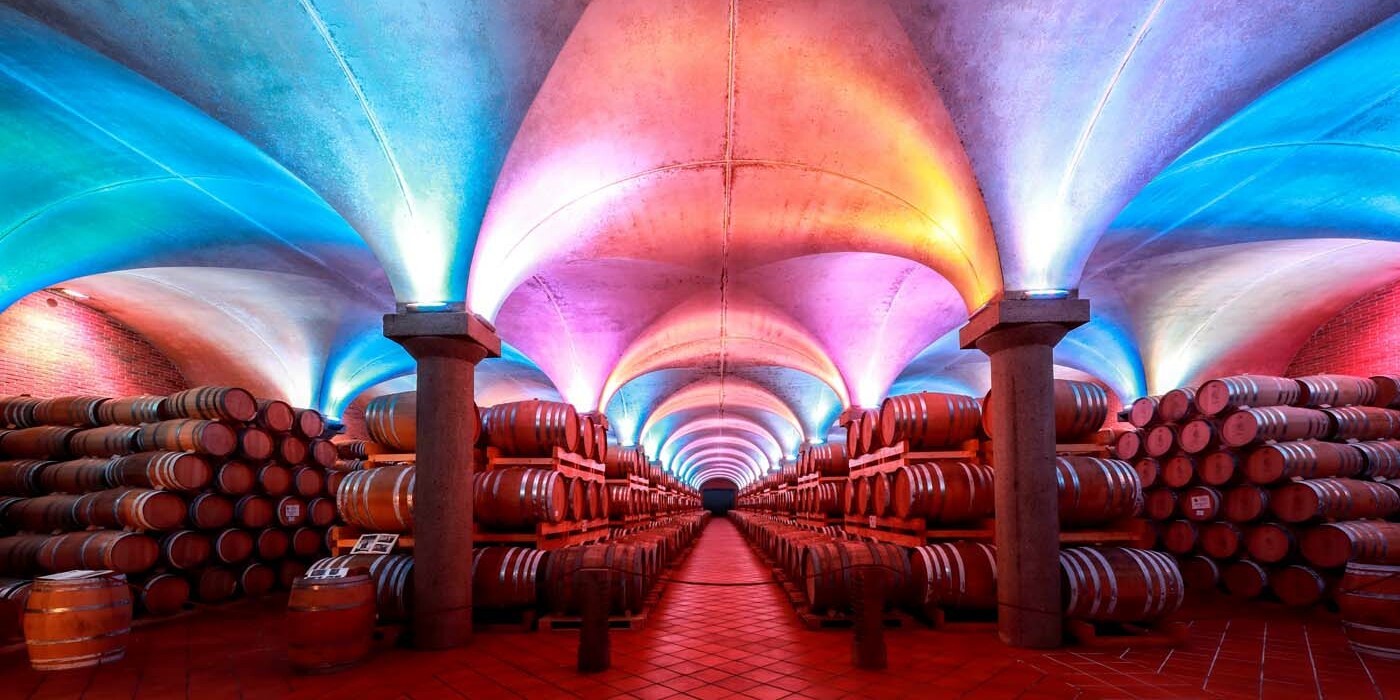
Discovering Grappa
Throughout the day, from 10.30, there will be no-stop guided tours without reservation: discover firsthand all the secrets of grappa, from the arrival of the pomace to bottling, via distillation. Inebriate yourself with the scents of the three Aging Cellars,each immersed in the harmonious notes of classical music. Experience the world of Distilleries As you’ve never seen it before.
Guided tours are free of charge. Drinks are charged.

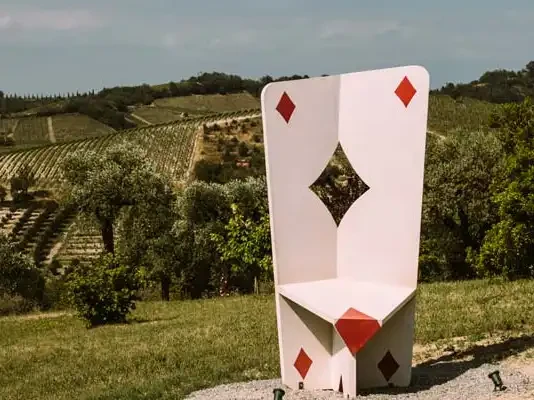

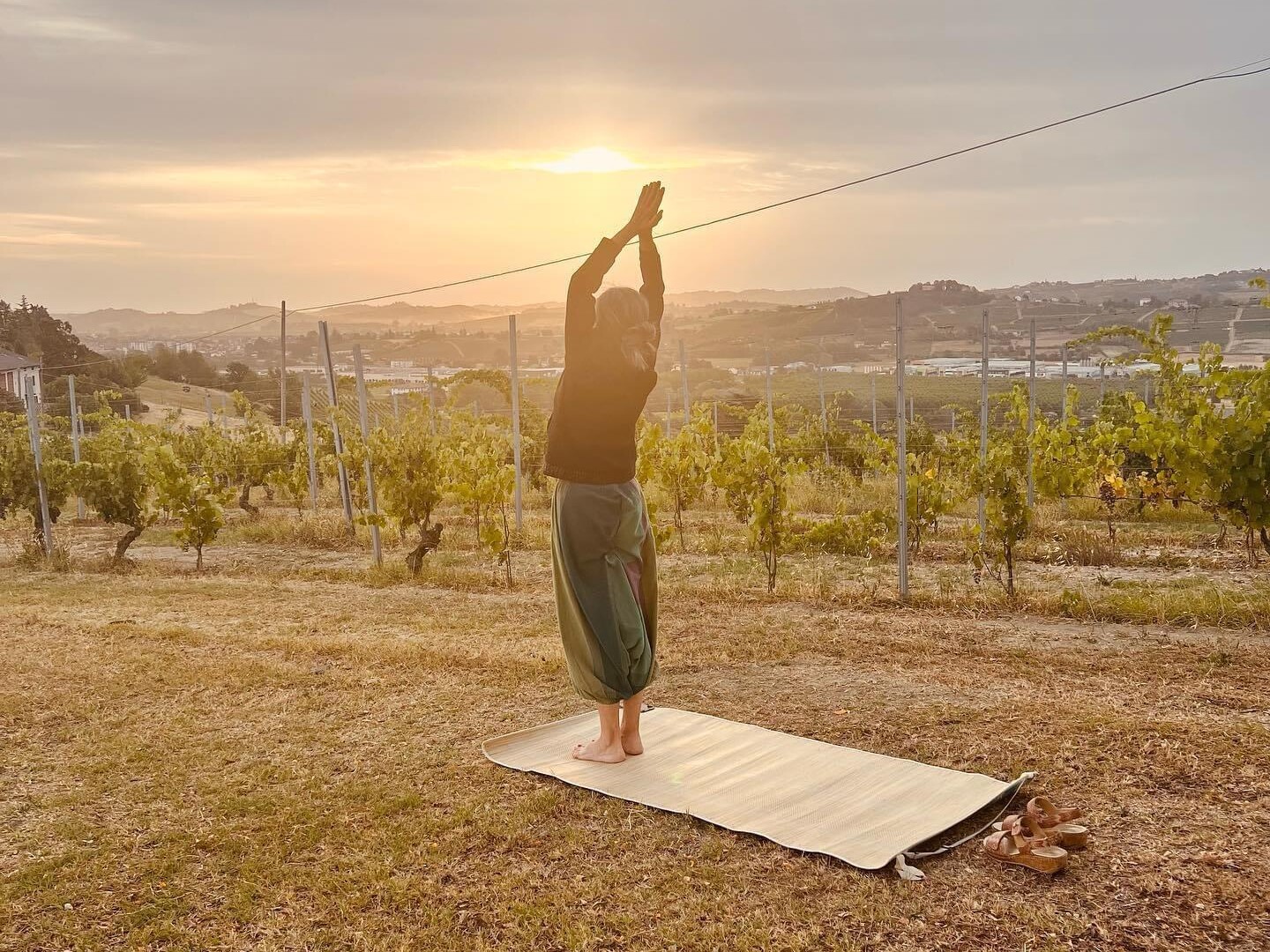
A Walk in the Park
At the exit of the Cantina of the Barriques, you will find a path that leads you into the Park of Wonders. Don’t hesitate and feed it: a ten-minute walk among the fruit trees and the Park’s amusing inhabitants (Hatters, large white rabbits, playing cards that speak in a foreign language, and strange smiling cats) will take you on the Terrace of Borgo Roccanivo, where lots of news and surprises await you!
Are you uncomfortable with the idea of tackling the walk in the park? No problem. Indoor park mobility is provided free of charge by Audi Zentrum Alessandria!
Do you wish to know more? Continue reading To get some previews!
All About Yoga
Reconnect with Nature: Yolanda Lleò, Hata-Raja Yoga teacher, is waiting for you for a Yoga in Wonderland Park session.
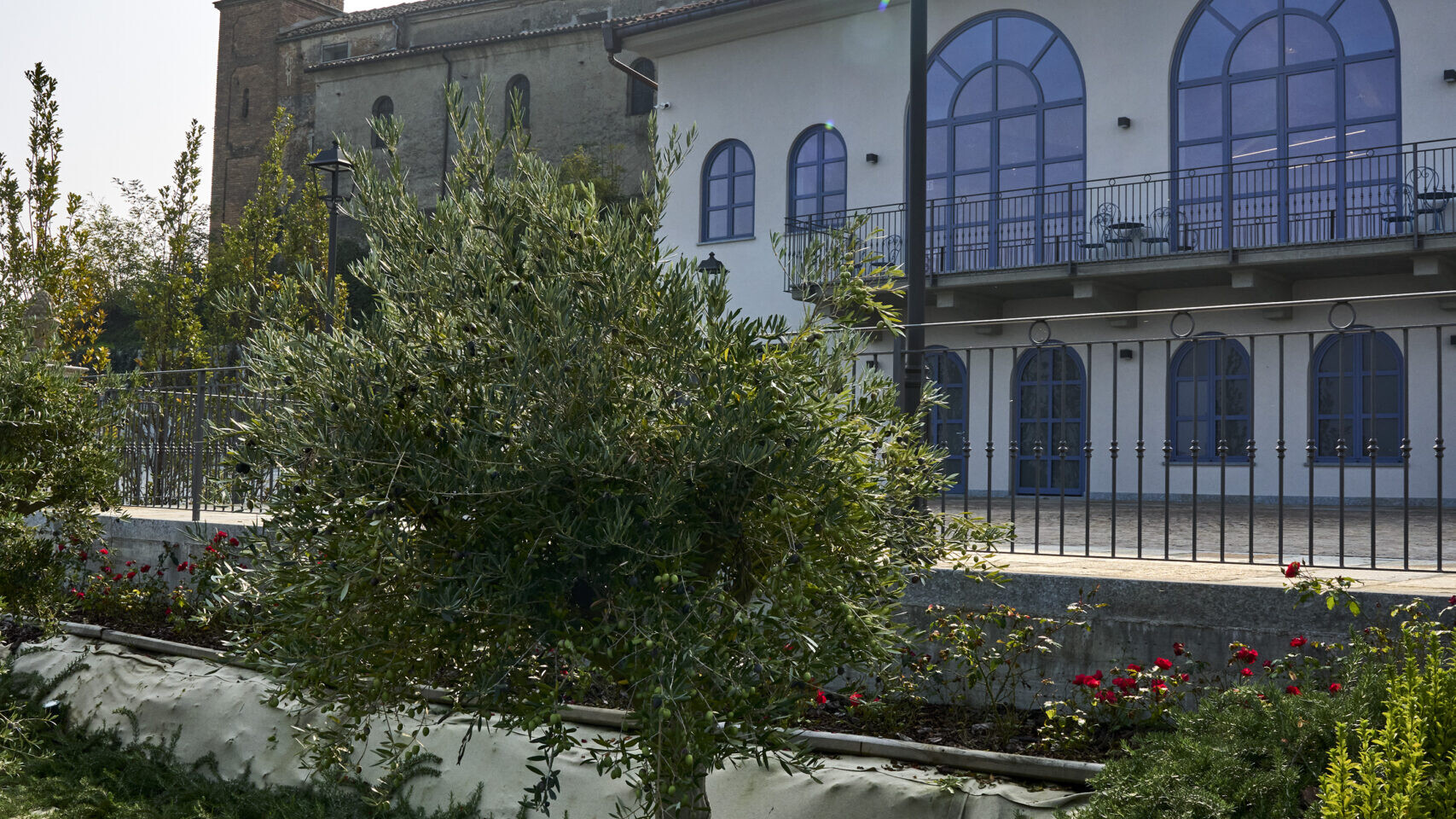
All around you
Tastings, Pic Nic baskets, cocktails…on the Terrace of Borgo Roccanivo there is room for all your desires!
Distillate Tastings
Discovering the secrets of Distillation makes one thirsty. That’s why on the Terrace of Borgo Roccanivo you will find a tasting point of Berta grappas, distillates and liqueurs: take your glass and enjoy a tasting experience of your favorite spirits with the guidance of our Spirits experts!
PS: save your glass! You will also need it to taste wines and cocktails.
Grappa tasting is included in the price of the glass. Cocktail and wine drinks are charged separately.
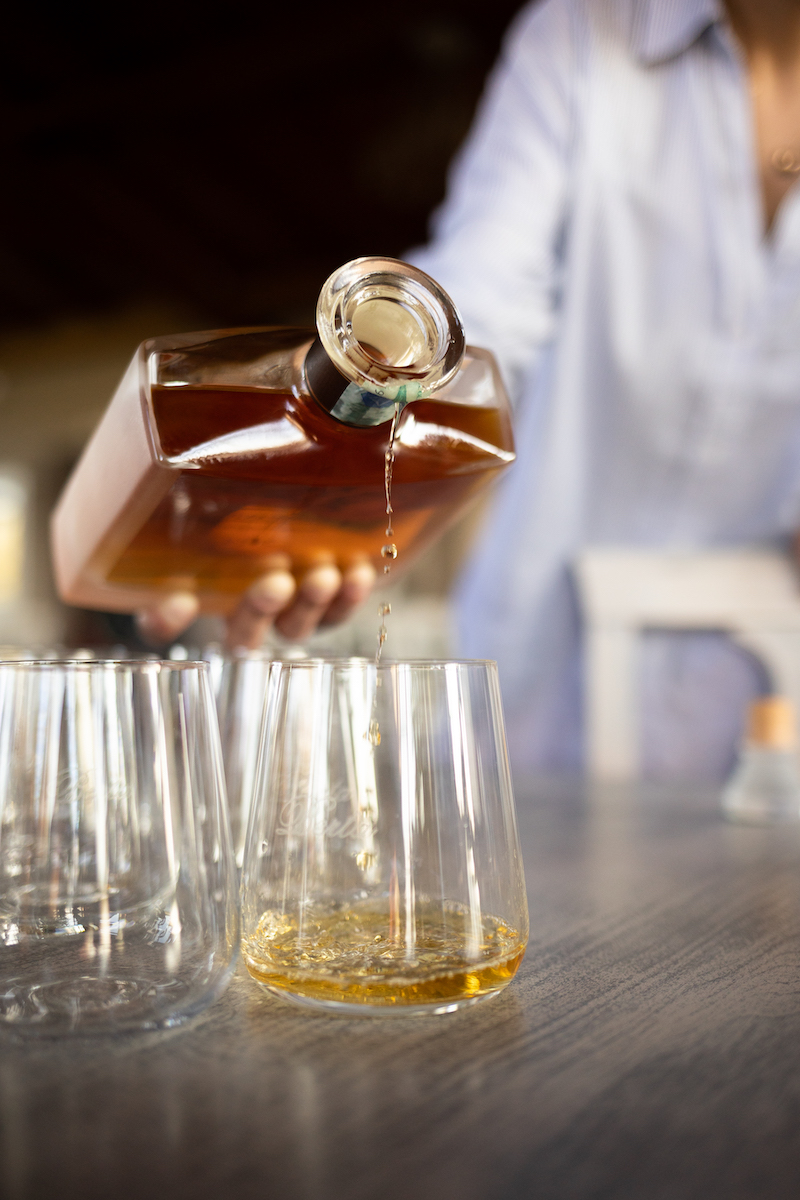
Food
Check out all the dishes, burgers, and desserts prepared by Villa Prato’s chefs…and if you’re hot, cool off with a creamy homemade ice cream!
There is a charge for food consumption.
The Savory
- CHICKEN AND ZUCCHINI CARPIONE
- SPRING HERB SAVORY PIE (VEG)
- MINI RICE ORANGES SHIMMED WITH ROCCANIVO, TALEGGIO AND ARTICHOKES
- MINI ARANCINI RICE BALLS WITH MEAT SAUCE AND SAUSAGE
The Focacce
- STUFFED PROSCIUTTO CRUDO AND STRACCIATELLA DI BURRATA
- STUFFED CREAMED BUTTER AND CANTABRIAN ANCHOVIES
- STUFFED RAW BEEF SAUSAGE AND ROCCAVERANO ROBIOLA CHEESE
- SIMPLE
Burgers
- VILLA PRATO BURGER (Burger buns, Piedmontese fassona Veal, Bra cheese, Green salad, Mayo )
- ROCCANIVO BURGER (Burger buns, Mixed fassona burger and beef sausage marinated in Barbera d’Asti, Raschera, Caramelized onions, Mustard and yuzu sauce )
Sweets
- MUFFINS CHOCOLATE PEARS AND GRAPPA
- HAZELNUT CAKE
- APPLE AND CINNAMON CAKE
- CHOCOLATE ICE CREAM
- CREAM ICE CREAM
- HAZELNUT ICE CREAM
- CREAM ICE CREAM AND GRAPPA BRIC DEL GAIAN
Cocktail
What could be better than a cocktail on a warm late spring day? If then the cocktails are based on Berta spirits and prepared by Marco Fara,you can’t help but be happy!
At Cantine Aperte drinking a cocktail has another meaning: for every cocktail purchased, one euro will be donated to Piccolo Cottolengo in Tortona, to help children living with disabilities and disabling illnesses.

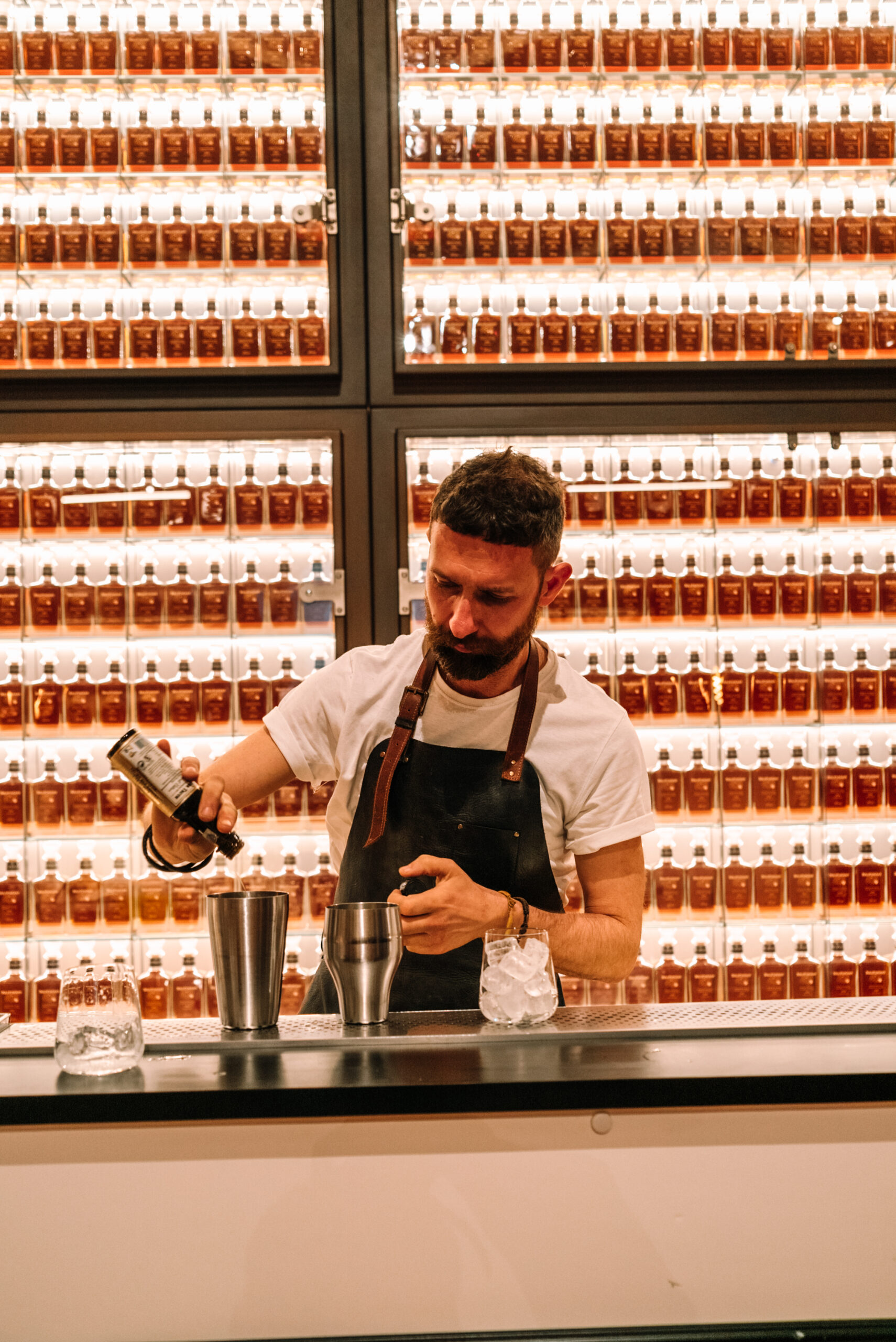
Not just Grappa
Yes! We won’t be the only ones to brighten up your Sunday afternoon: whether you’re in the mood for a glass of wine from Serra Domenico or Monte Ruello, or whether you prefer a freshly squeezed apple juice from Poderi Sartoris on the Terrace of Borgo Roccanivo, you’ll find plenty to quench your thirst!
With wine, you know, eating a little something is better….With Mencos Brothers you’ll find farinata for your teeth!
In addition, a corner will stand out where Italian cigar tastings will be offered reserved for overage smokers only in collaboration with the club “Tuscan Friends.”
Wine, farinata and soft drinks are charged.
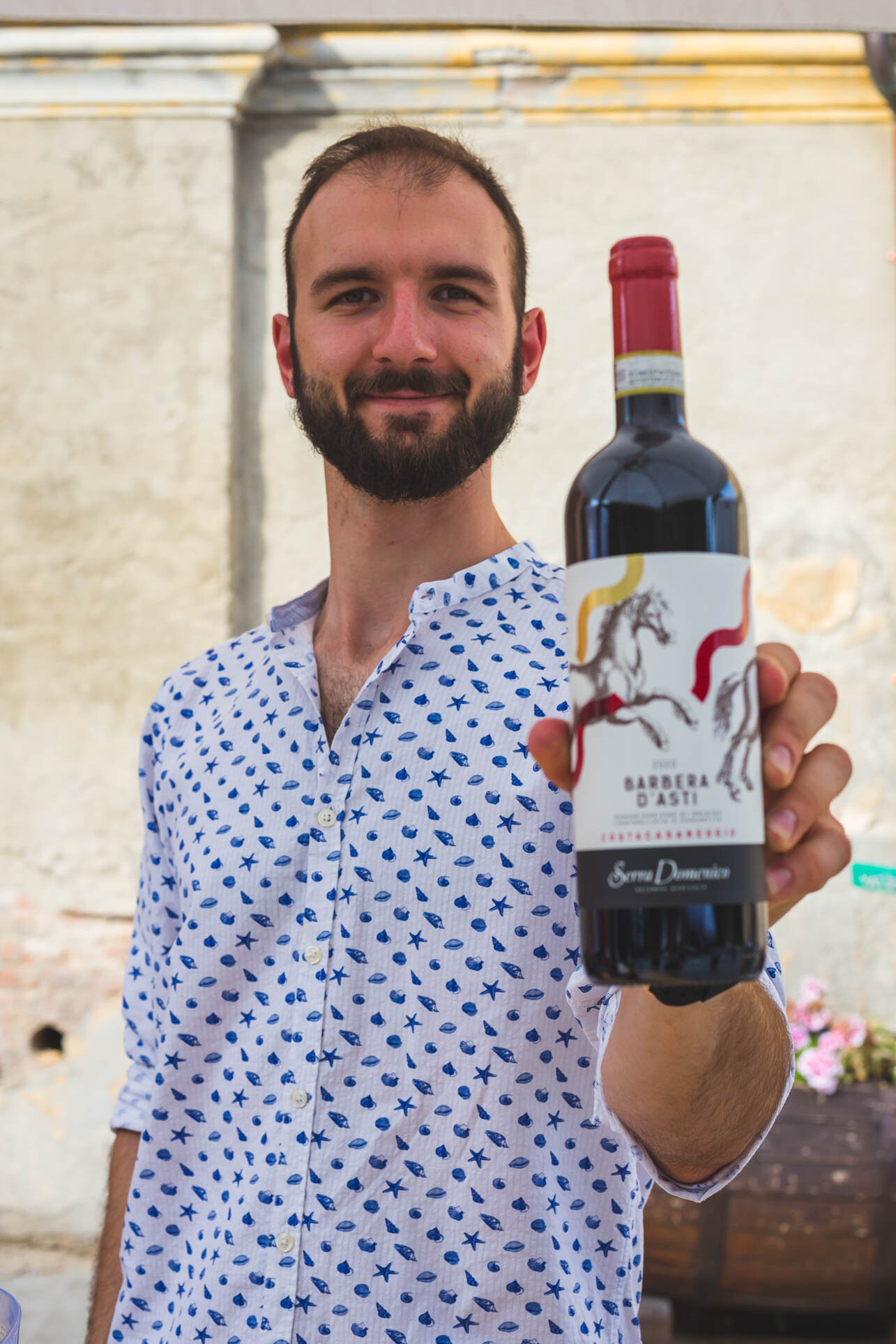




Open day Wedding Location & Design
Are you looking for a location to say your big yes? You can’t miss Borgo Roccanivo!
The Borgo’s venues will be dressed up by White Events: find out how exciting it can be to choose the design of your most important day. We will be available to provide you with all the information you need.
Have we intrigued you? Save this event to your calendar or share it with your friends!
See you at the Distillery, May 26 from 10:30 a.m. to 7. p.m.!
Add the event to your Calendar
Share the Event with your Friends

Sponsors
As every year, we would like to thank all the partners and sponsors who help us in this wonderful occasion.
We thank:

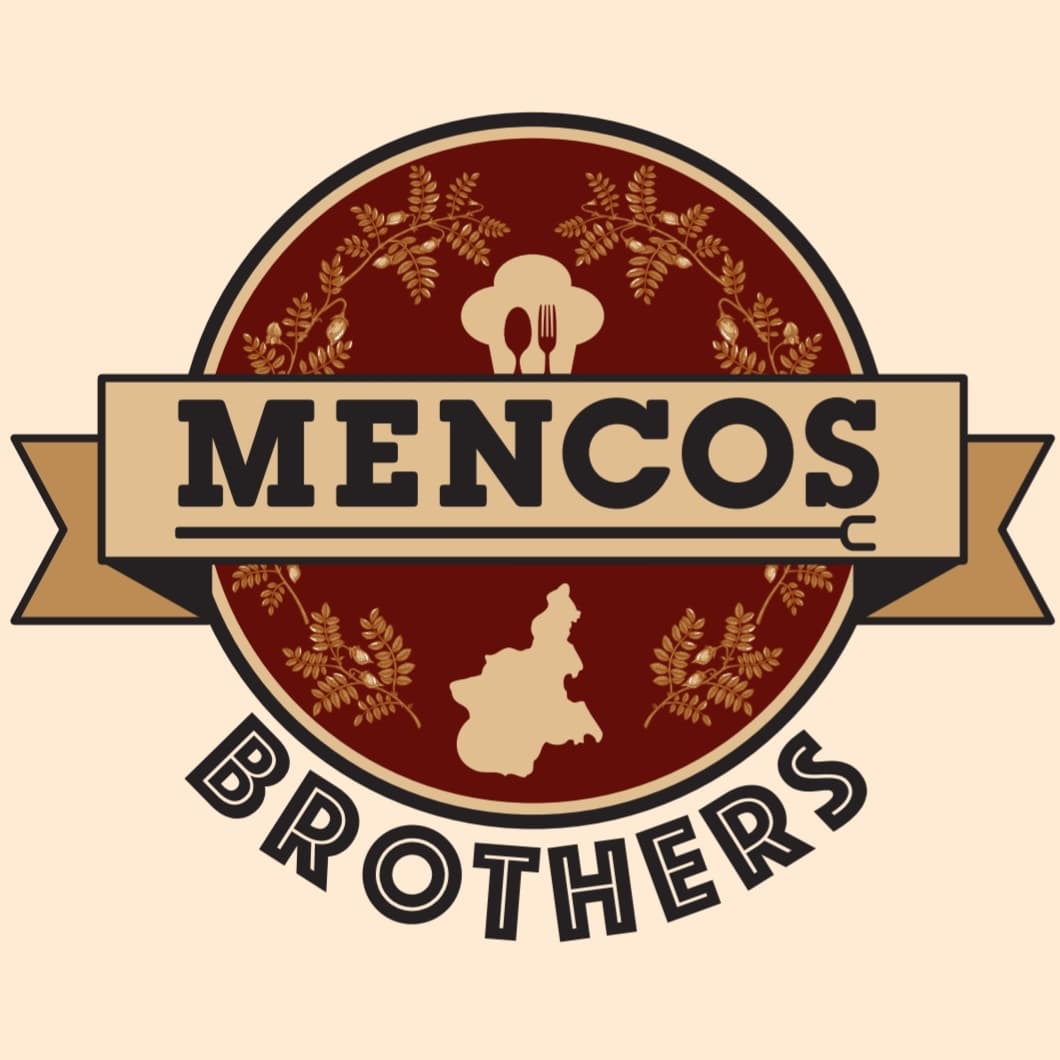


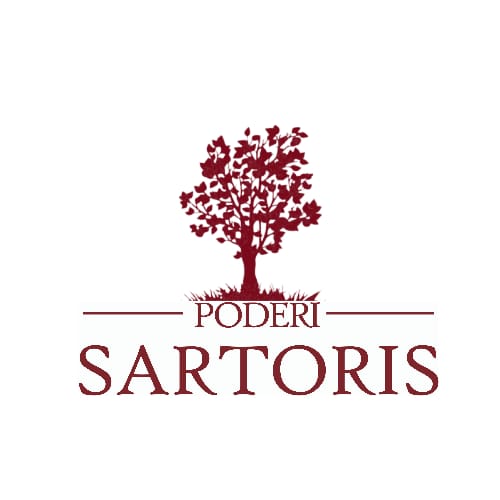
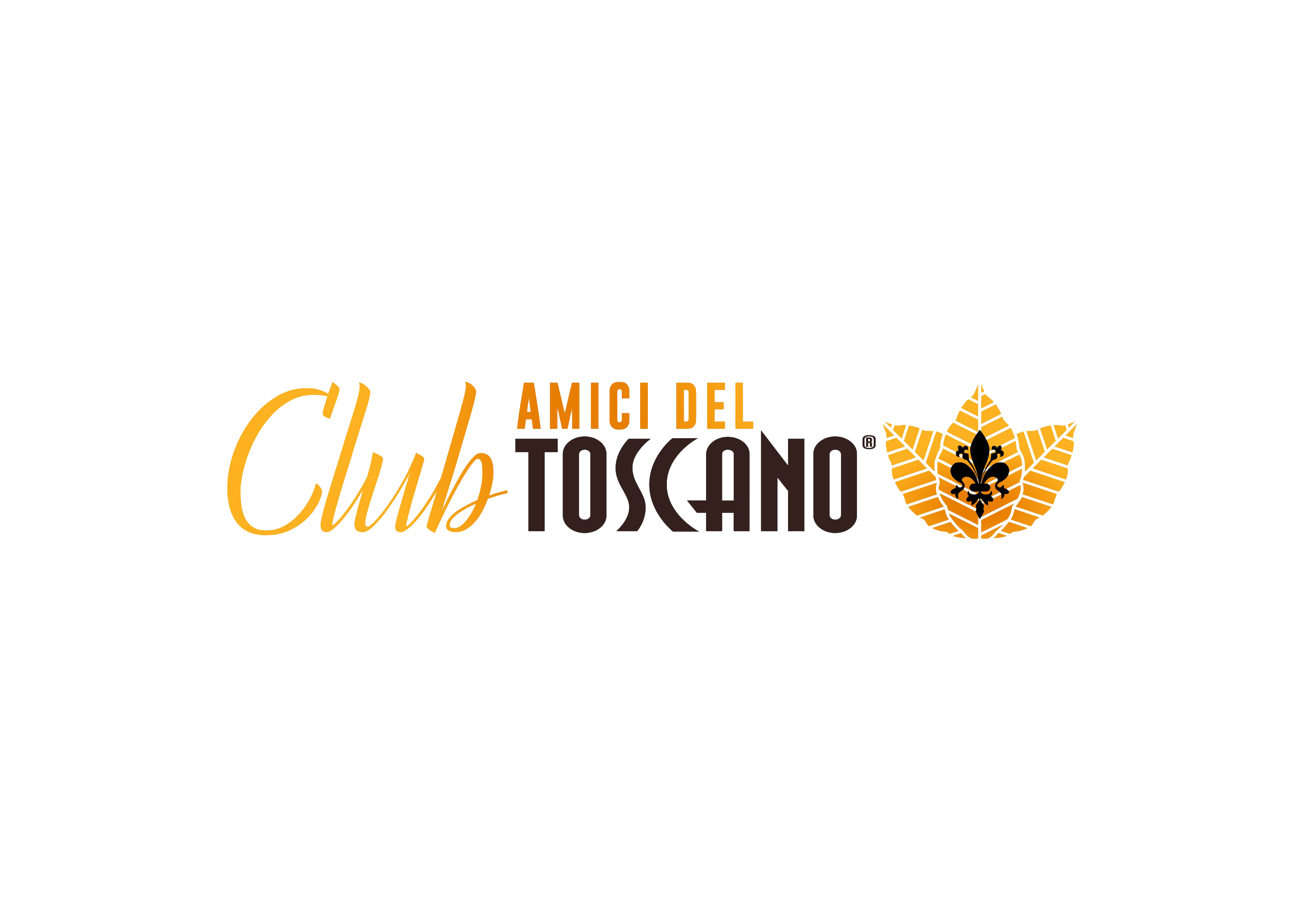
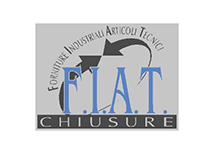
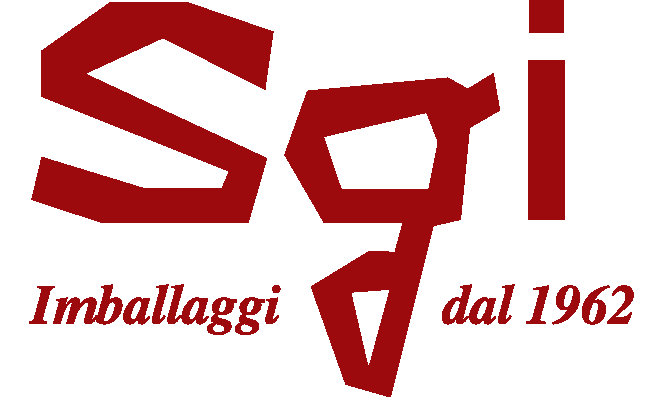

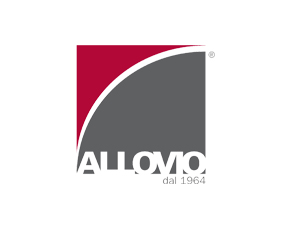




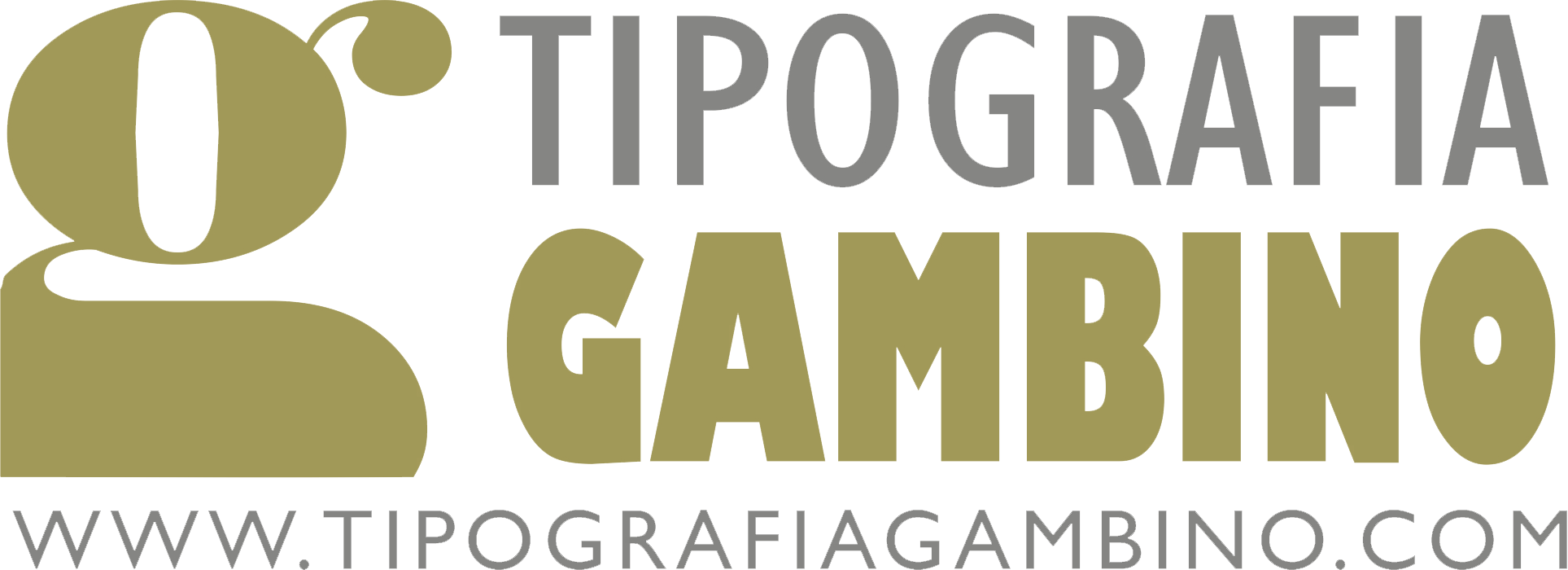
Vinitaly 2024: Distillerie Berta presenti
admin
Brace yourself: from April 14 to 17, Verona is tinged with wine!
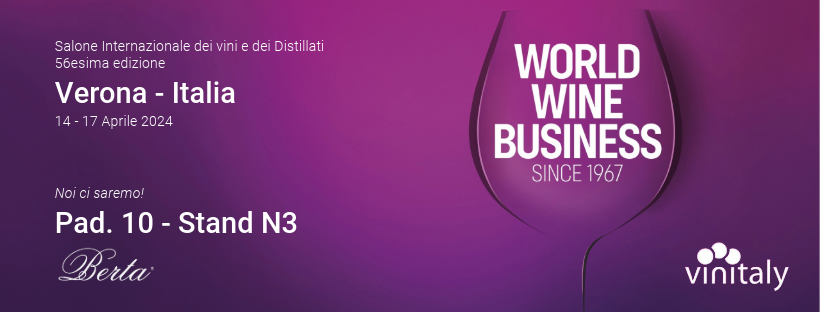
Vinitaly reaches its 56th edition with news and important moments
From April 14-17, one of the most anticipated events for exhibitors, professionals and WineLovers returns: Vinitaly!
The Vinitaly annually hosts more than 4,000 exhibitors, 125,000 visitors and 33,000 foreign buyers . In addition, this year the event will be divided into several thematic areas including. Vinitalybio , International wine , Vinitaly tasting , Vinitaly design , Micro Mega Wines Sol&Agrifood e Enolitech .
Infine, anche quest’anno il centro di Verona sarà animato daVinitaly and the city :una vera festa per i Wine Lover e le Wine Lover!
Berta Distilleries will participate in the fair again this year, as always proudly in the Piedmont Pavilion 10: you can find us at booth N3!
The Grappa&Vinci Prizes 2024!
The Grappa&Vinci Prizes 2024!
Find out now if you have won!
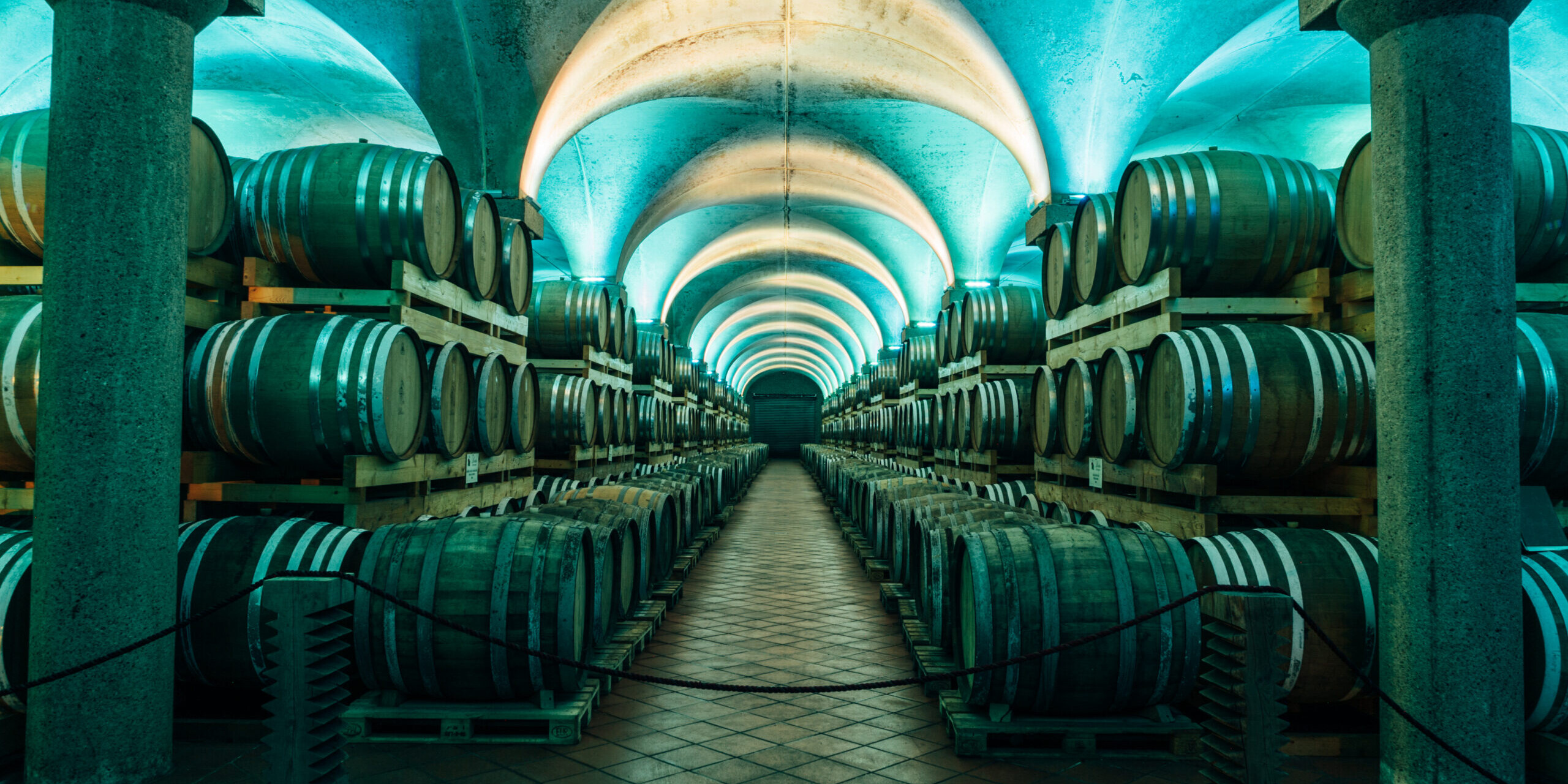
The most anticipated moment of the year is here…we have drawn the winners of Grappa & Vinci!
Just these days we are sending emails to the winners: can’t you wait any longer? Read below and find out if you won!
Premi dal 30° al 21°
Award 21: RIIMIRXVU9
Award 22: KWBQHC3YCF
Award 23: GF1HJP0GNI
Prize 24: N22HUXSGWK
Award 25: B9FOFG4PMW
Prize 26: 9SMGICX3YW
Award 27: IILC2BZTDZ
Award 28: IHFF3PTTBF
Award 29: OFIAXODIPR
Award 30: R26CCI58EB
Awards from 20th to 11th
Award 11: QC2XY8VIFK
Award 12: LVKPWE5KHE
Award 13: 5TERWBO31S
Award 14: JEZ8ZWQID5
Award 15: 0GDHECYCSP
Award 16: 2SDVMHJVXA
Award 17: CONVUHTESW
Prize 18: NUO8THL3DX
Award 19: RS4G9DGGDT
Award 20: 2RA3FY1VRG

Prize 1: A6B2NKLDFX
Prize 2: 1BCGLA9QEN
Prize 3: OI2DGU5STV
Prize 4: J2CZVHBQPW
Award 5: 2RS8LPI72Z
Prize 6: 9JBE8NLBEK
Award 7: F3HXM66XMV
Prize 8: 1H9GRAXBBG
Award 9: ODAZ9DEDLK
Award 10: ALIV2JDARD
Is your code among them? Contact us at info@distillerieberta.it and find out what you won!
Selezione del Fondatore Paolo Berta best grappa of Italy 2023!
admin
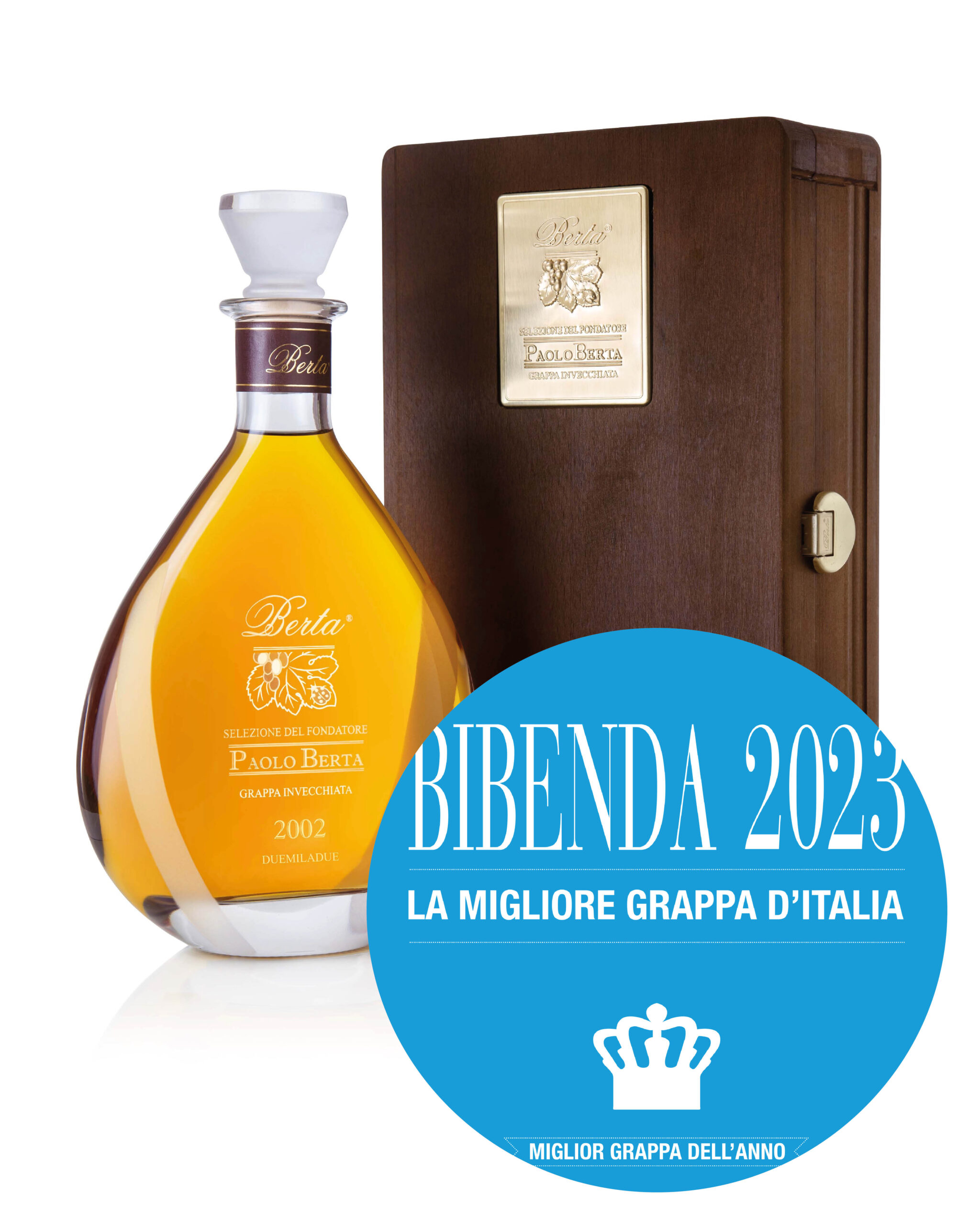
The latest vintage of Selezione del Fondatore proclaimed the best grappa in Italy according to the prestigious Bibenda Guide
Let’s end 2022 on a high note with afresh news: on December 3, during the annual Gala Dinner of the Italian Sommeiler Foundation, the Selezione del Fondatore 2022 was awarded the best grappa in Italy!
This is an acknowledgment that makes us extremely proud and proud: it is certainly no small thing to be crowned with this title by Bibenda, a reality that has reached its 25th edition!
The editorial project of the guide is proposed as a story not only of wine, but also of oil, grappa and restaurants that make our wonderful Italy great.
In addition to the title of best grappa in Italy, three of our labels have been awarded I Cinque Grappoli, the highest score and sign of excellence from the Guide:
Forum Nizza DOCG
admin
The Nizza Producers Association celebrates its first 20 years with an exclusive event reserved for operators in the sector

Monday, Novembre 21st 2022 – Nuvola Lavazza
Twenty years of commitment, constant growth, care. Twenty years since that 4th of July which marks the birth of the Producers’ Association. Twenty years later, we have come a long way and a lot still remains to be done, always in the name of that care and attention that has led Nizza to become a DOCG in itself, with its unique characteristics and its unmistakable character.
Let’s celebrate this milestone together on November 21st, with a day of tasting and sharing, reserved for operators in the sector.
For information and accreditation: https: //www.ilnizza.net/20anni.html
Nitto ATP Finals | Lavazza Experience
admin
This is a custom heading element.

Lavazza, To Be Events and Distillerie Berta: together for tennis
The new edition of the Lavazza Experience will be held on the occasion of Nitto ATP Finals di Tennis 2022. From Sunday 13 to Sunday 20 November, the Centrale Nuvola Lavazza in collaboration with To Be it will present a rich schedule of evening events, which will animate a week of great sport that will see Turin become the capital of world tennis.
Three events that see us personally involved:
November 13, 2022 – 10 hands dinner
Five starred chefs, a Pastry chef, 5 glasses of wine, a distillate: these are the ingredients for an unforgettable evening.
The chefs of the evening:
Moreno Cedroni – Madonnina del pescatore**
Davide Scabin – Carignano*
Christian Mandura – Unforgettable*
Andrea Larossa – Larossa*
Maurilio Garola – La ciau del tornavento*
In combination with the dishes, 5 glasses of wine will be served and will end with a dessert signed by pastry chef Fabrizio Racca.
November 16, 2022 – Degustando
Ten Chefs – including many Michelin-starred – who for an evening find themselves cooking together and serving their dishes to the public in tapas format. In accompaniment, wine, cocktails and spirits tasting.
The main chefs of the evening will be:
- Francesco Marchese – Fre*
- Walter Ferretto – Il cascinale nuovo*
- Raffaele Lenzi – Il sereno al lago*
- Federico Gallo – Locanda del Pilone*
- STEFANO SFORZA – Opera
- Enrico Marmo – Balzi Rossi
- Marco Massaia – Radici a mura mura
- Niccolò Giugni – Razzo
- Antonio Sinicropi – Otium Rooftop
- Michela Quaglio – Between
November 19, 2022 – FUUD
Turin is full of cafes that offer “street” specialties to eat on site or strolling through the streets of the city. Now, put together ten of the best street-food in the city for one evening and combine a tasting of the best wines and spirits of the area: a unique evening is served.
Here are the street foods present:
- Tutto fa brodo: cucina orientale
- Piadora: piadine gourmet
- Bell’e Buon: cucina napoletana
- Bananna Kitchen: pulled pork
- Aria: gelato e dolci
- Totzo: maritozzi salati
- Bao Lab: panini al vapore
- Mastro Taricco: polpette
- Vanver Burger: burger vegetali
- Alpi Empanadas: cucina argentina
- Pescaria: Panini di mare
- Magno: Pizza Romana
- A Tavola! : Pasta fresca
To find out more and purchase accreditation: https://lavazza-experience.it/programma-sera/
Berta @Audi Fis Ski World Cup Sestriere
admin
This is a custom heading element.
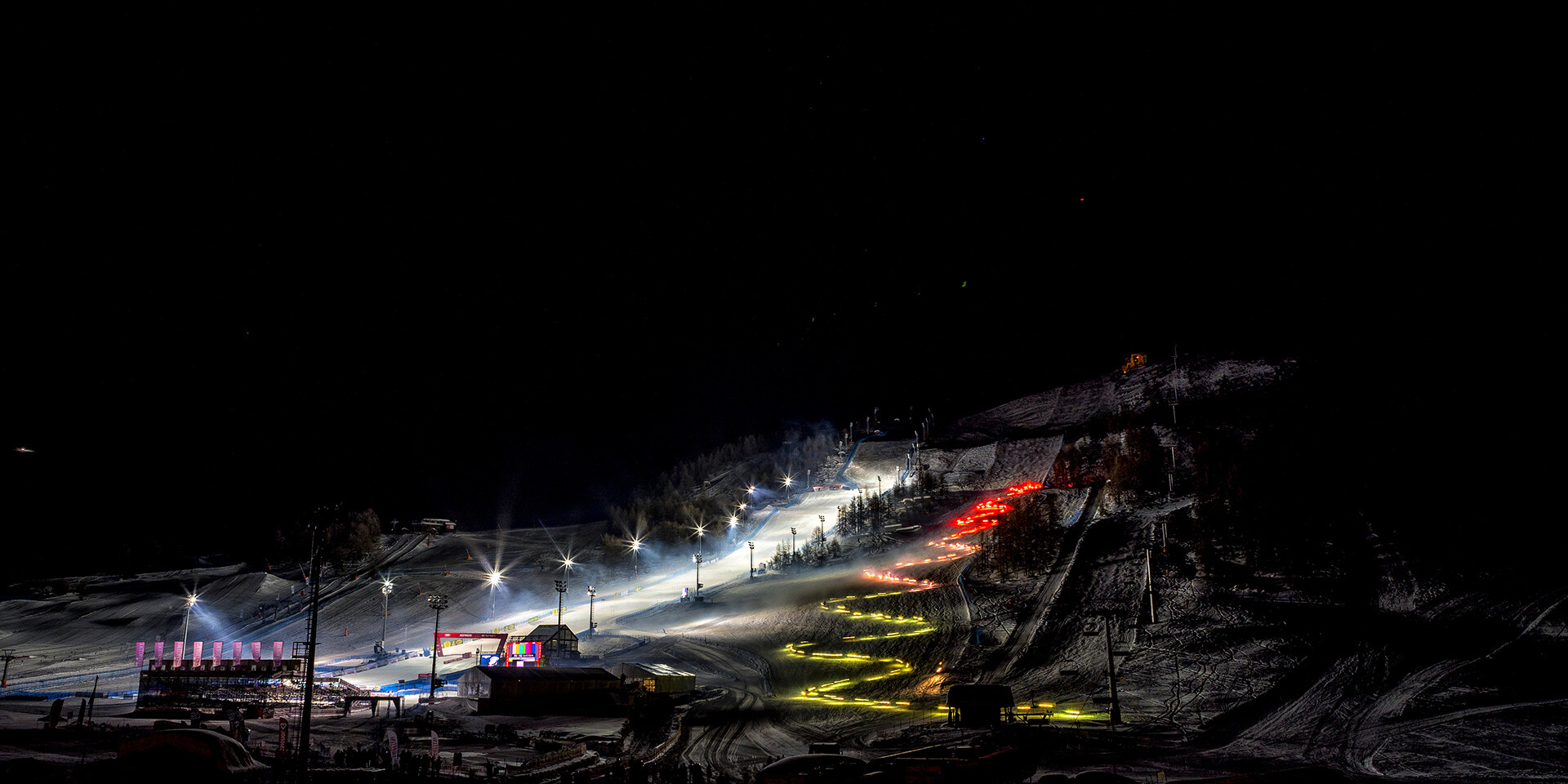
If skiing is your passion …
Mark these dates in your calendar: 10 and 11 December 2022! At Sestriere, in the beating heart of the Milky Way, will host a whole weekend dedicated to women’s technical disciplines: the best athletes in the world will compete on the legendary Kandahar Giovanni Alberto Agnelliin slalom and giant slalom
This year will not only celebrate the sport and the skills of the athletes: in fact, 2022 marks the opening of the new 6-seater chairlift of the Cit Roc, as well as the celebrations of 90 years of Sestriere as a ski resort.
And it is precisely at the start of the Cit Roc that the Sponsor Village will be located with various stands to entertain the public throughout the day.
You can find the Berta Distillery stand at the Sponsor Village for both days of the event: come and taste a distillate or a liqueur, we are waiting for you with open arms!
For more information on races, conventions and other events in the two days of the World Cup, visit the official website: https: //worldcupsestriere.it/
The harvest: the ancient beauty of toil
admin
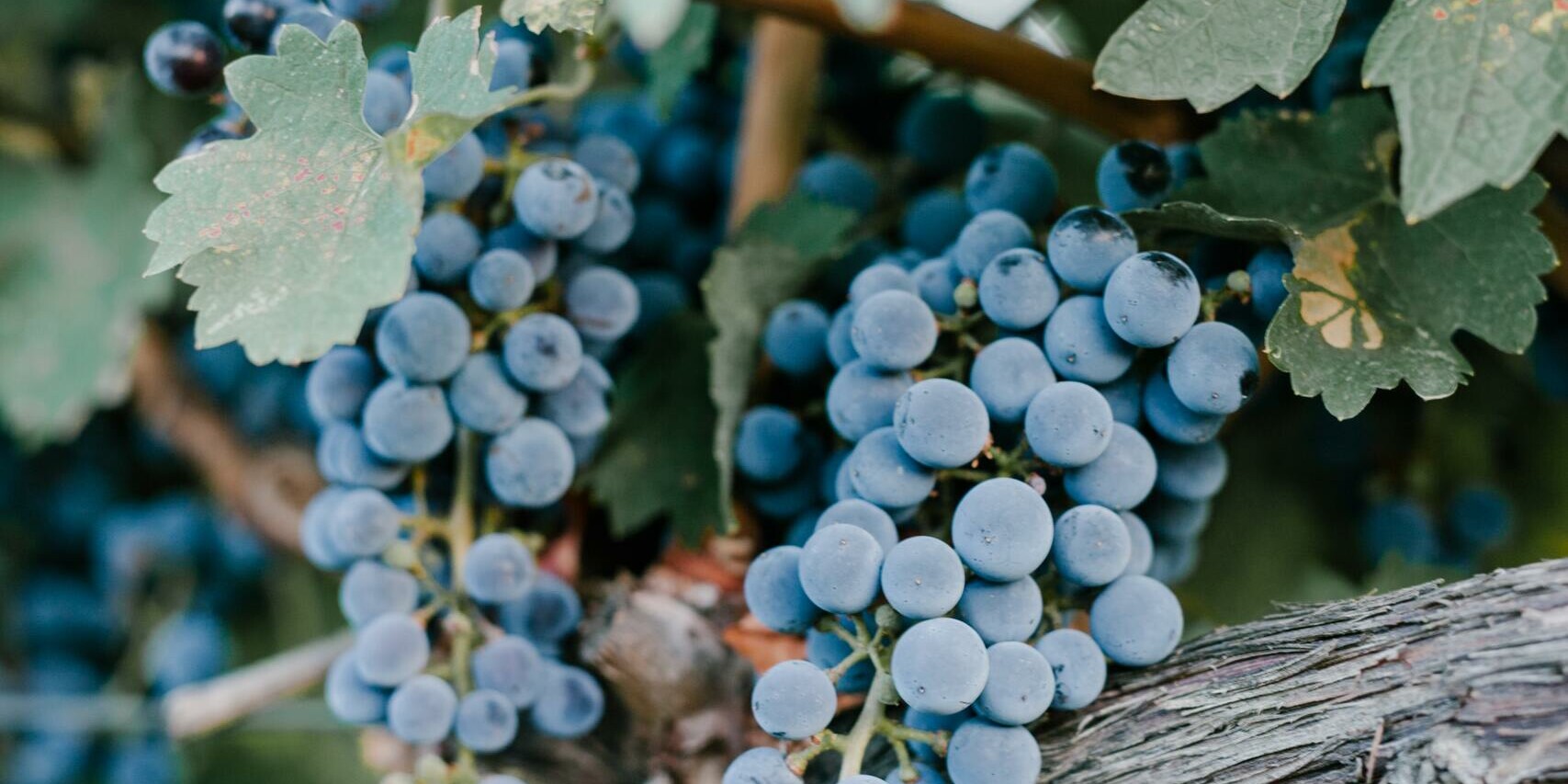
Autumn has arrived, even if sometimes it doesn’t seem like it. In spite of still quite summer temperatures, the vines are already changing color and this means only one thing: harvest.
The cultivation of the vine is a continuous process, which lasts twelve months and follows a cycle that has its official beginning in April, with the birth of the first grapes. Flowering follows and then, finally, the berries are formed and gradually swell; between the second half of August and the end of October, the grapes are ripe and ready to be harvested.
Cross and delight of every winery, the grape harvest marks the end of August and the beginning of a new phase, welcomed every year with enthusiasm and joy. It is also the moment of truth, the one where you finally have the certainty of having worked well and have raised your vines in the best way.
The vine is not cultivated, the vine is reared: the care that must be reserved for the vine is constant and daily. A newly planted vineyard will not bear fruit for at least three years; he is a child to be raised and cared for while preparing him for adult life.
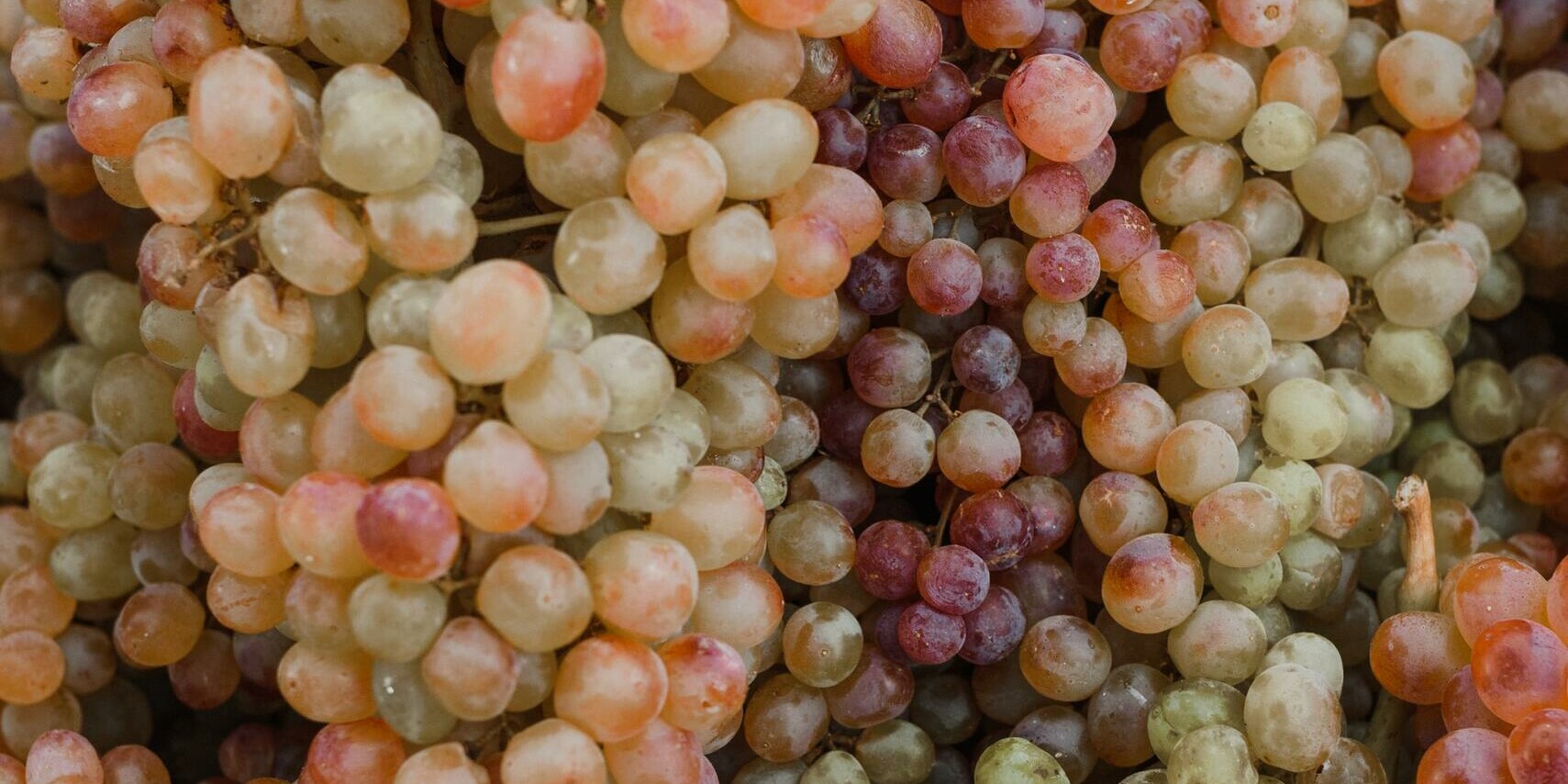
Daughter of difficulties, happy in less fertile soils, the vine can also prove to be very demanding; for her, temperature, climatic conditions and humidity are fundamental. It goes without saying that the bond that is created with the vine, for agronomists and growers, is almost symbiotic: sacred respect is paid to the vine and the vine responds by filling its branches with fruit. And it is no coincidence that the passion for this ancient and fascinating practice is often handed down from generation to generation.


History and myths of the grape harvest
Harvesting is an ancient practice like the cultivation of grapes itself: the earliest evidence of this practice dates back to more than ten thousand years ago. In ancient Mesopotamia, that strip of land squeezed between two rivers from which a large part of our civilization was born, we already find the first evidence of harvests.
In the Roman tradition we find instead traces of the Vinalia Rustica: in practice, a harvest festival. For the ancient people, every harvest was sacred, a moment of communion with Nature that had generously granted its fruits: the grape harvest, then, was enriched with other meanings, connected to the cult of the god Bacchus / Dionysus, wonderful and terrible god, lover of music and confusioncapable of tremendous deeds as well as marvelous works.

According to Varrone, a Roman scholar and agronomist, the Vinalia Rustica were however dedicated not to Bacchus, but to his father Jupiter: it was in fact the powerful father of the gods who supervised the harvest, as wine was the fundamental element of every religious celebration.
Ovid, on the other hand, links the Vinalia to Venus, attributing their birth to Aeneas, the mythical leader sung by Virgil and son of the goddess: and on the other hand, already at the time the intoxication of wine was compared to that of love.
There was another festivity connected to wine, the Vinalia Priora: these days celebrated the new wine and concluded with the tasting of the new year. The Vinalia Rustica was instead a feast of the countryside, in which Jupiter was prayed together to grant a good harvest and at the same time thanks to him for not having ruined the vineyards with the storm or drought. Only after a sacrifice to Jupiter the harvest could begin.
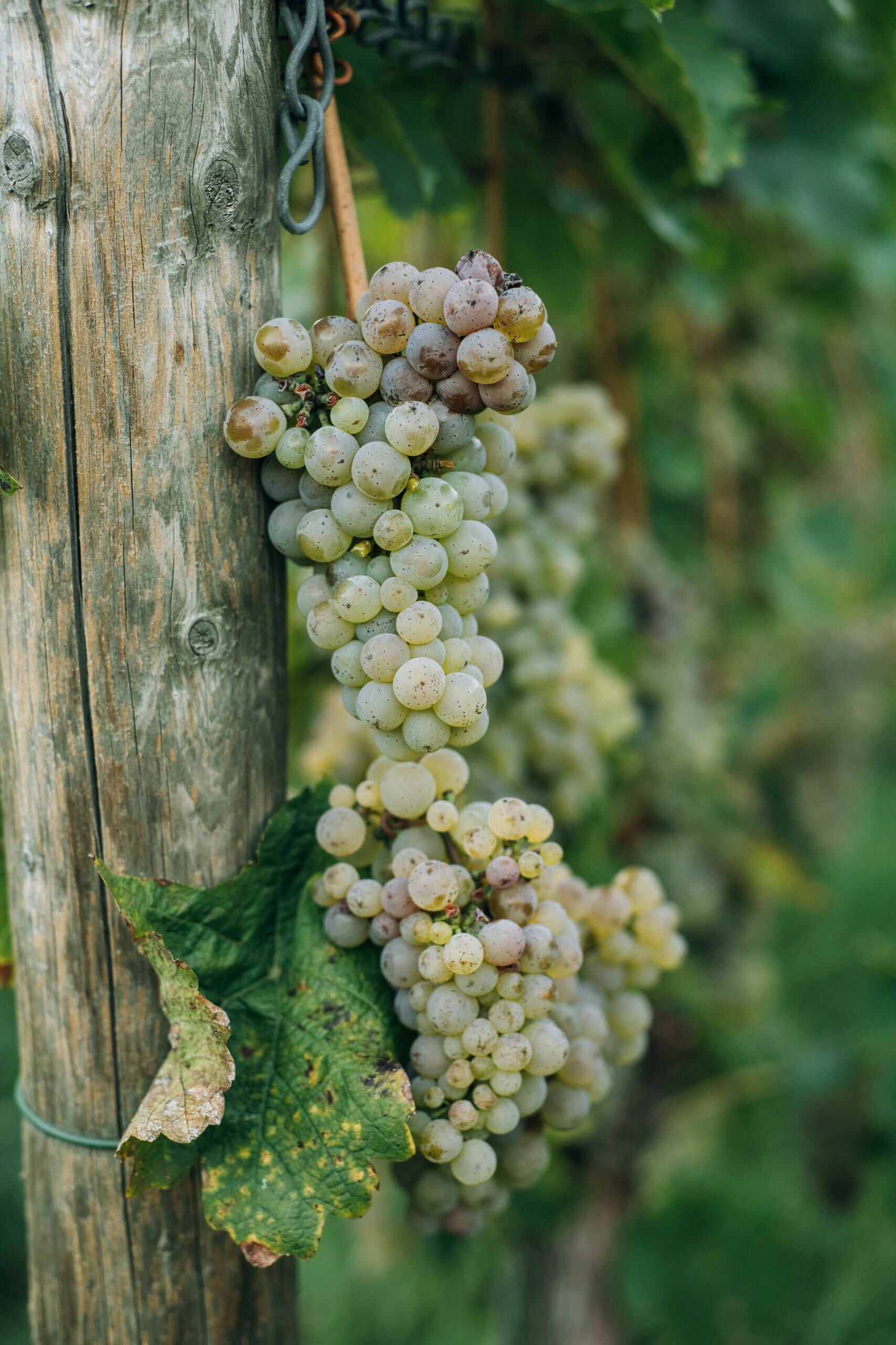
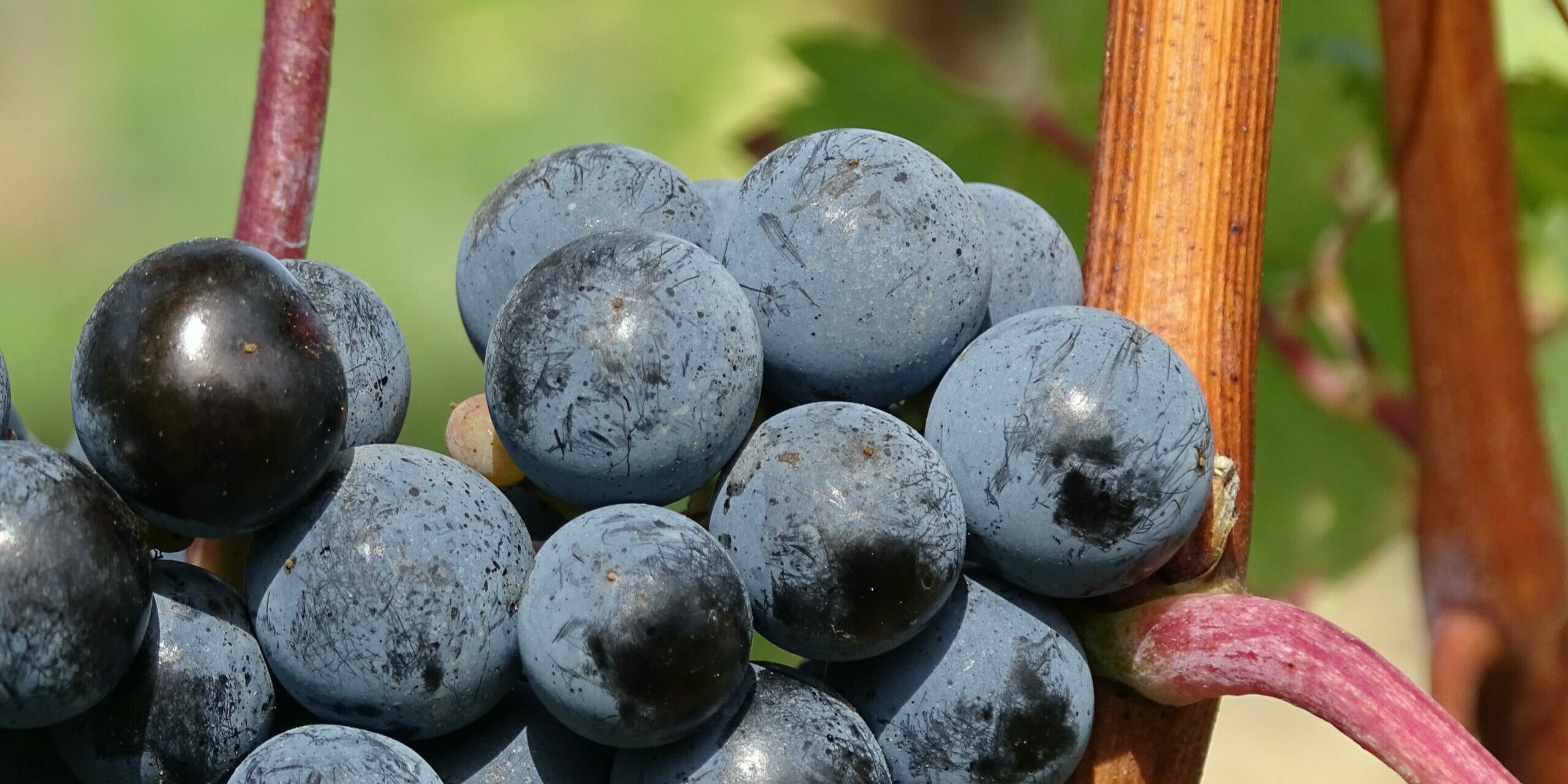
Even in the following centuries, in the countryside all over Italy, the harvest was considered a feast, a moment of union between neighboring families: a rite that sanctioned the beginning of autumn and that celebrated the eternal passing of the seasons, the celebration of a effort that unites people towards a common goal. After the harvest, the merenda sinoira arrived in Piedmont: a long meal, halfway between a snack and an aperitif, to sanction that simple pact of mutual aid.
In fact, the harvest until a few years ago was done by hand: dozens and dozens of hands examining the rows, rummaging under the leaves, removing only the best bunches from the plant and carefully checking their health. Dozens of people who go up and down the steep and narrow hills, holding baskets full of grapes on their shoulders to be transported to the cellars, where the pressing takes place.
Harvesting is a huge job, to be carried out in the early hours of the day or in the evening, when the temperatures are not suffocating: it is clear that, when the farms were less structured, the only way to conclude the harvest in a short time was rely on the mutual aid network, so steadfast in the country villages.
During the harvest friendships were strengthened and the social pact was renewed.
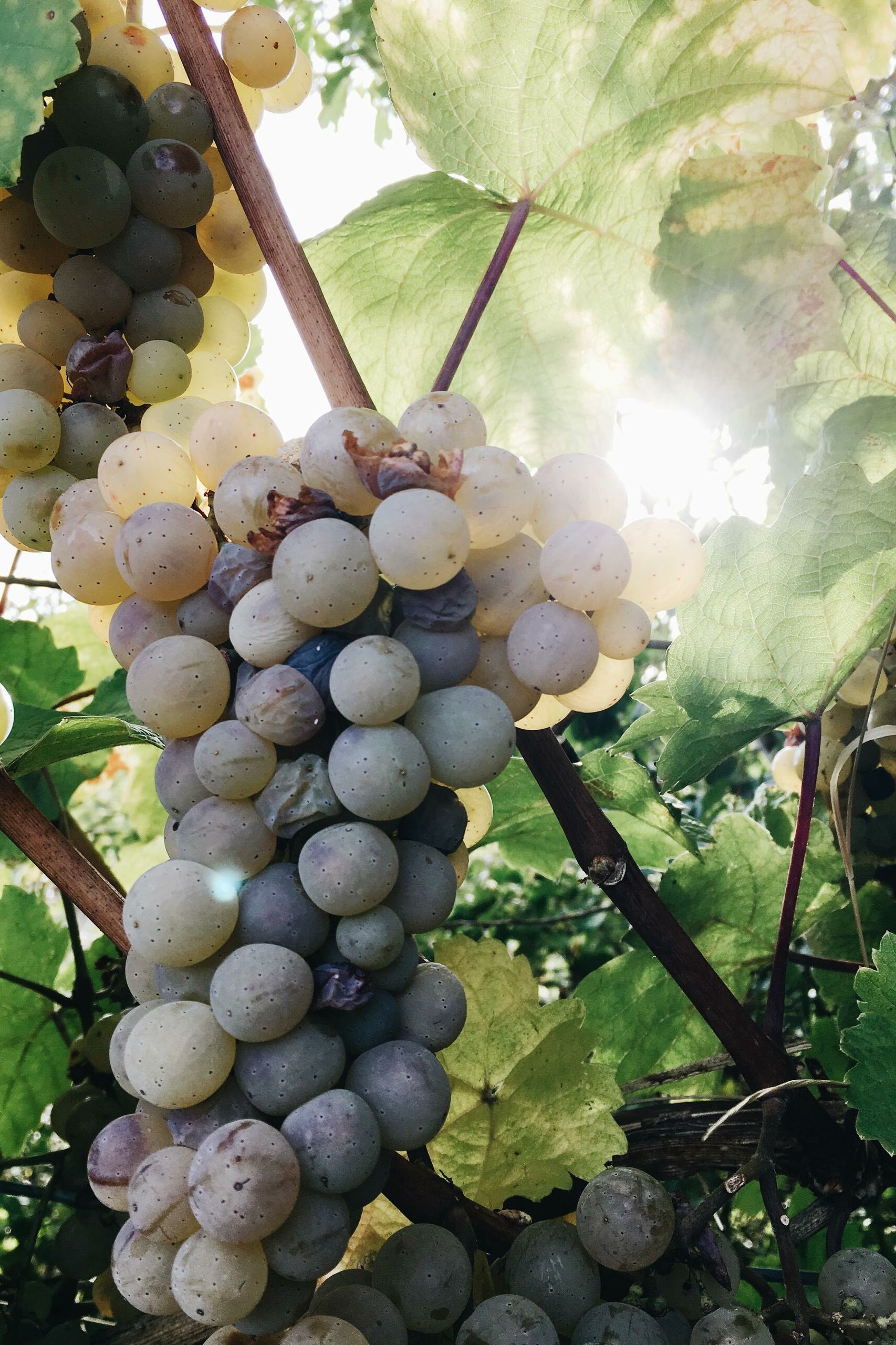
How to harvest today
Today the needs of structured companies have partially modified this ritual. There are grape harvesting machines, but they are usually used for large vineyards in less steep and more flat areas.
The basic procedure remains the same for both manualand mechanical harvesting. The suitable bunches must be separated from those of insufficient quality, detached from the vine and placed in baskets; once the baskets are full, the grapes are ready to begin their journey to the cellar. A journey that will lead her to become wine and then grappa.
Each year, the harvest varies its beginning based on many considerations, for example the soil type, L’exposure to the sun of the vineyard and the type of farming: in fact the grapes must be ripe. When the grapes are ripe, it is a matter dictated both by nature and by the competence of the producer, who may decide to delay the harvest of some vines to make them acquire certain characteristics.
- However, it is usually the white vines that ripen earlier to open the dances of the harvest. In Piedmont, the harvest is usually started with Arneis and Moscato Bianco, followed by sweet reds, such as Brachetto and Dolcetto.
- We then arrive towards the end of September, when the Barbera is harvested, and finally, in October, the Nebbiolo is harvested: according to a strict disciplinary, it will become Nebbiolo, Barbaresco, Gattinara or Nebbiolo wine.
- In some states, for example in Germany, Austria and some areas of northern Italy, the grapes are left on the vine until they freeze: this is how Icewine, the “ice wines”, are produced.

After the harvest
After the harvest, the grapes are brought to the cellar and here they are used for the production of wine: to do a great job in the cellar it is essential that the grapes are fresh, not crushed, not wet. Furthermore, the grapes must be selected and only the best bunches have the honor of becoming wine: a first selection is made in the vineyard, but in any case in the cellar the bunches are double-checked and the defective ones discarded. Furthermore, the grapes are cleaned of stalks and leaves which could pollute the must with unwanted scents.
